Our starting point is Central Secretariat Metro station (interchange of violet and yellow line).
India Gate
Monument

42-metre-tall India Gate was built on 10 February 1921 as the name "All India War Memorial" and inaugurated on 12 February 1931 by Lord Irwin.
It stands as a memorial to the 84,000 soldiers of the British Indian Army who died in the First World War I between 1914 and 1921 in France, Belgium, Iraq, Iran, East Africa, Turkey and elsewhere, and the Third Anglo-Afghan War. The names of 13,300 soldiers are inscribed on the gate, including some soldiers and officers from the United Kingdom.
The architectural style is similar to the Arch of Constantine in Rome, and is sometimes compared to the Arc de Triomphe in Paris and the Gateway of India in Mumbai.
There are fountains on both sides (north and south) of India Gate.
Open theater is located after both fountains.
Just 150 meters east side of India gate, there is a 73 feet canopy with four Delhi Order columns to support the domed canopy. The final design was approved by George V before his death, a red stone canopy. An 18.75-foot-tall marble statue of Emperor George V, wearing his Delhi Durbar coronation robes and Imperial State Crown, was placed on a 34.5-foot-tall pedestal. The head and crown of the statue were completed in England and then shipped to India, while the rest of the monument was carved in India. The canopy with the statue was erected in the fall of 1936. In late 1968, only the statue of George V under the canopy was moved to Coronation Park in Delhi. 28 feet tall black granite statue of Indian freedom fighter Subhash Chandra Bose is placed under canopy on 8 September 2022. It is now known as "Netaji Canopy".
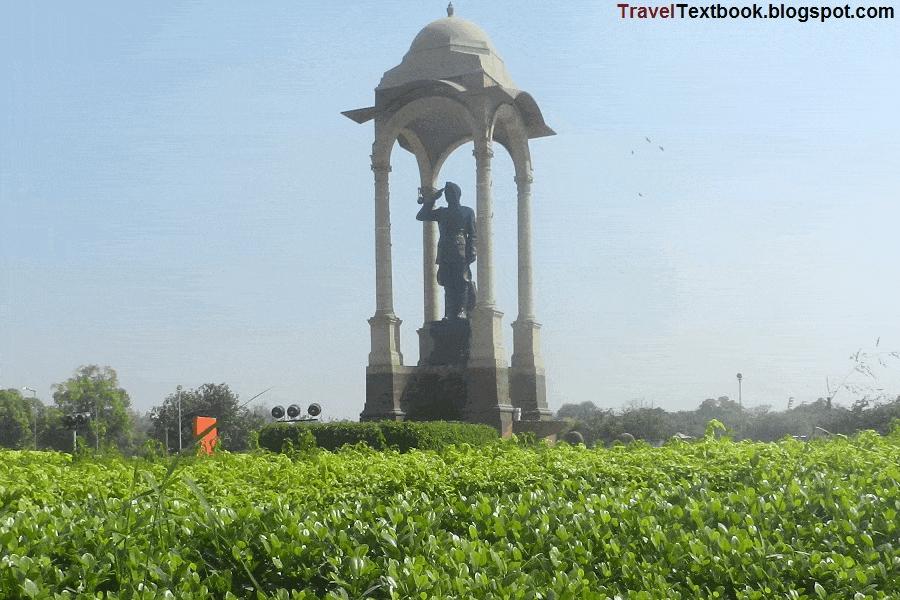
Just between the India Gate and the Netaji Canopy, on the south side, is the portrait of Subhash Chandra Bose. But you have to look at it from a certain point. You can't see the image from different places.

North side of Netaji Canopy is a memorial park "Param Vir Memorial". The Param Yodha Sthal has busts of 21 recipients of Param Vir Chakra, India's highest military honour.
South side of Netaji Canopy is a "Children's Park".
Must visit in the evening time. Evening lighting of India Gate looks very nice.

Entry Fee: Free.
Photography: Allowed.
How to go: It is located west of National War Memorial.
National War Memorial
Memorial
In 1971, Bangladesh won the 9-month liberation war with Pakistan on December 16. Many Indian soldiers lost their lives on behalf of Bangladesh against Pakistan in that war. A structure named "Amar Jawan Jyoti" (Flame of the Immortal Soldier) was erected on the orders of Indira Gandhi on 26 January 1972 at India Gate as a mark of respect to the war martyrs. It was the National War Memorial of India till February 2019.
The present complex was completed in January 2019 and unveiled on 25 February 2019 to honor and commemorate the soldiers of the Indian Army who fought in independent India's armed conflicts with Pakistan and China as well as the 1961 war in Goa.
The memorial area consists of four concentric circles.
Amar Chakra (Circle of Immortality): Central circle with an obelisk in the center. The eternal flame burns unceasingly beneath the obelisk. The flame symbolizes the immortality of the souls of the fallen soldiers and promises that the nation will not forget their sacrifice. "Amar Jawan" (Immortal Soldier) was written in golden Hindi on all four sides of the cenotaph and above, a reverse rifle capped by a battle helmet.
Veerta Chakra (Circle of Bravery): Around the central circle is a second circle, a covered gallery. It displays six murals in bronze depicting the heroic war actions of the Indian Armed Forces. Such as Battle of Longewala, Ganga Sagar, Tithwal, Rizangla, Operation Meghdoot and Operation Trident.
Tyag Chakra (Circle of Sacrifice): Circular concentric walls. The name of each soldier who made the supreme sacrifice on the battlefield is inscribed in gold letters along with the rank details.
Rakshak Chakra (Circle of Protection): The outermost circle, made up of rows of trees, assures the citizens of the country of their safety against any threat, each tree representing soldiers who ensure the nation's territorial integrity.
Celebrations: Republic Day (26 January) and Independence Day (15 August), Armed Forces Army Day (15 January), Air Force Day (8 October) and Navy Day (27 October). Armed Forces Flag Day (7 December), Kargil Vijay Divas (26 July) during Kargil war in 1999. Vijay Divas (16 December) – celebration of victory of Indian troops over Pakistan in the 1971 Bangladesh War of Independence.
Visiting Time: 9 AM to 7 PM.
Entry Fee: Free.
Photography: Allowed.
How to go: It is located west of Netaji Canopy (India Gate).
Kartavya Path
Street
When built, the road was named Kingsway, in honor of Emperor of India, George V. He visited Delhi in 1911 and where the emperor formally announced his decision to move the capital Delhi from Calcutta. After India's independence in 1947, the road was renamed 'Rajpath'. In September 2022, the highway was redeveloped and renamed 'Kartavya Path'.
Entry Fee: Free.
Photography: Allowed.
How to go: It runs from Rashtrapati Bhavan (west end) through Vijay Chowk and India Gate (east end).
National Museum
Museum
Visiting Time: Tuesday to Sunday - 10 AM to 6 PM. Monday remains closed.
Entry Fee: 20 Rupees (US$ 0.25) for Indian adult and 500 Rupees (US$ 6.10) for foreigner. Free for student up to class 12th.
Photography: Video not allowed inside the museum. Handheld camera photography allowed but for using photos permission has to be taken. No extra camera fee.
How to go: It is located about 950 meters from Central Secretariat metro station exit gate-3 towards east through Kartavya Path. From Central Secretariat metro station, walk towards east. First crossing of Kartavya Path turn right and walk few meters towards south. The museum is on the left (east). The gate is southwest corner of the museum.
Rashtrapati Bhavan
Resident of President
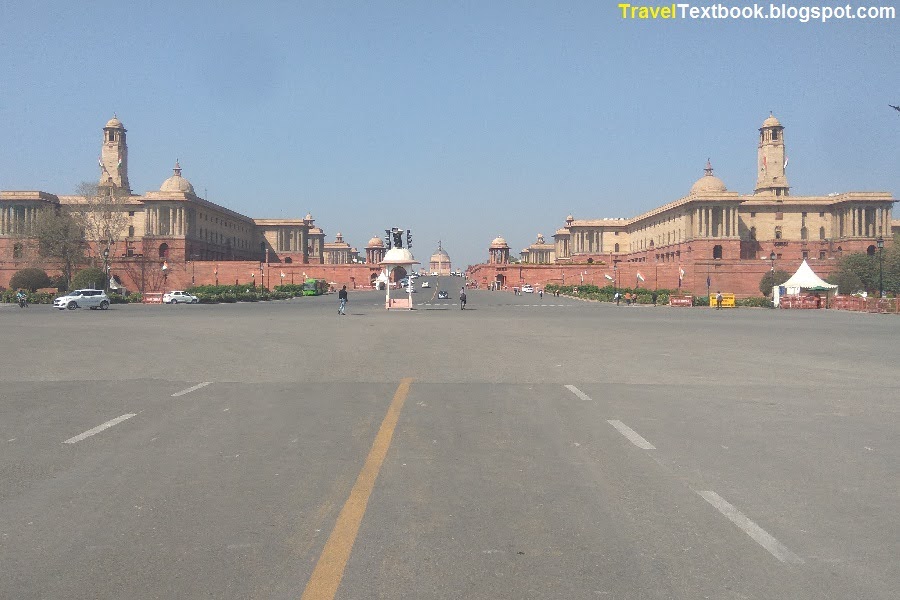
The official residence of the President of India. Construction started in 1912 and completed in 1929. It was opened in 1931.
There are 4 types area to visit the premises.
Circuit 1: Main Building, Forecourt, Reception, Navachara, Banquet Hall, Upper Loggia, Lutyens Grand Stairs, Guest Wing, Ashok Hall, North Drawing Room, Long Drawing Room, Library, Durbar Hall, Lord Buddha Statue.
Circuit 2: Rashtrapati Bhavan Museum Complex [RBMC].
Circuit 3: Mughal Garden/Udyanotsav.
Guard Change: Change of guard ceremony.
Rules:
1. You have to apply through their website. Online booking is subject to confirmation through Email /SMS.
2. Circuit 1: One hour slot from Wednesday to Sunday at 10 AM, 11 AM, 12 PM, 2 PM, and 3 PM. Maximum 30 visitors per slot. Entry of senior citizens with physical problem, pregnant women, infants and toddlers are to be discouraged.
Circuit 2: 1.5 hour slot at 9:30 AM, 11:30 AM, 1:30 PM, and 3:30 PM. Maximum 50 visitors per slot. Group allowed maximum six persons. Monday remains closed.
Circuit 3: Mughal Garden opens During Udyanotsav, Held certain time between February to March every year. The Garden will remain close on every Monday. 7 hourly slots from 10 AM to 4 PM. Maximum of 100 Visitors per slot.
Guard Change: Once in a week on every Saturdays from 8 AM to 9 AM. There will be no change of Guard ceremony if Saturday is a Gazetted Holiday.
3. Circuit 1:Registration charges of 50 Rupees (US$ 0.61) per visitor. No need charges below 8 years old. The registration charges are payable online and will be non-refundable and non-transferable. Group of 30 persons will be charged 1200 Rupees (US$ 14.70) after 20% discount per visit. Visitors in a group of more than 30 persons will be charged extra 50 Rupees (US$ 0.61) per person.
Circuit 2: Registration charges is 50 Rupees (US$ 0.61) per visitor.
Circuit 3: Entry Free.
Guard Change: Entry Free.
4. Circuit 1: Entry to Rashtrapati Bhavan for visit will be through Gate No. 2 (Rajpath), Gate No. 37 (via Dalhousie Road-Dara Sukhoi Marg), and Gate No.38 (via Church Road-Brassy Avenue) of Rashtrapati Bhavan.
Circuit 3: Entry to the Garden will be through Gate no 35 of Rashtrapati Bhavan on North Avenue Road.
Guard Change: Entry to Rashtrapati Bhavan for visit in through Gate No.2 (Rajpath) and Gate No.37 (via Dalhousie Road-Dara Shikoh Marg) of Rashtrapati Bhavan. Entry will open 40 minutes prior to Ceremony and close 15 minutes prior to commencement of Ceremony.
5. Must carry visitor pass (Paper Print or Mobile Pass). Must carry original valid photo ID Cards for Indian, and passport for foreigners during visit.
6. Mobile phones can be carried in switched off conditions.Visitors who carry visitor pass in mobile phone need to switch off the phone after check in.
7. President's Secretariat reserves the right to approve / regret the permission. They can cancel the permission too.
Contact: For any queries and assistance to the visit, please contact the Visitors' Management Cell: Tel No.: 011-23013287, 23015321 Extn.4662; Fax No. 011-23015246; Email: reception-officer@rb.nic.
How to go: Nearest metro station is Central Secretariat Subway station (interchange of violet and yellow line) towards northeast.
Parliament of India
Parliament

Construction of the Parliament House began in 1921 and it was completed in 1927. Entry restricted, so you can see it from far outside.
How to go: It is located about 580 meters from Central Secretariat Subway station (interchange of violet and yellow line) towards northwest.
Gandhi Smriti Museum
Museum
The 12-bedroom house was built in 1928 by Ghanshyamdas Birla, formerly known as Birla House or Birla Bhavan. Mahatma Gandhi stayed here from 9 September 1947 to 30 January 1948 when he was assassinated.Birla House was purchased by the Government of India from KK Birla in 1971 and the museum established. In that house, Gandhi was shot during his prayers where the Martyrs' Column now stands.
I entered the building from the west, where I first reached Gandhi's bedroom.
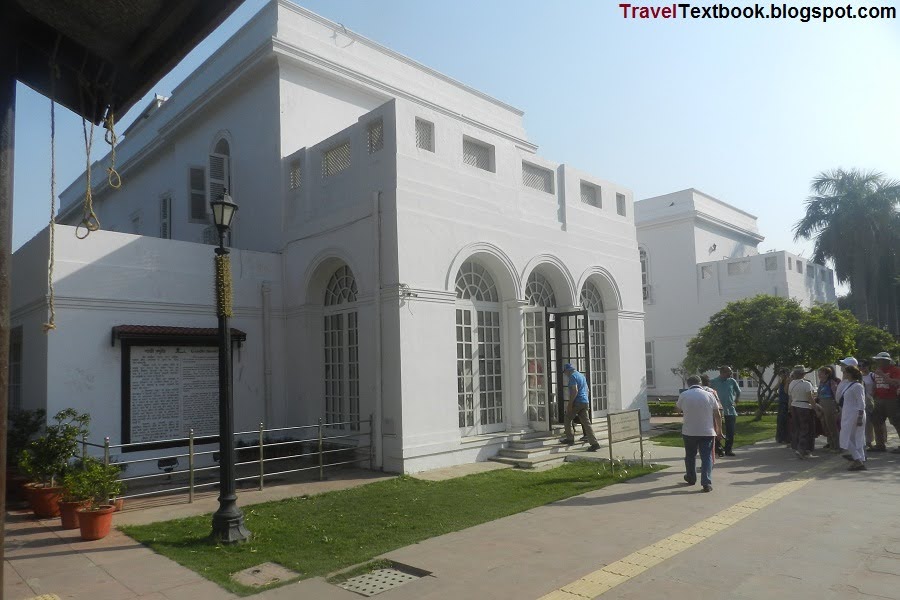



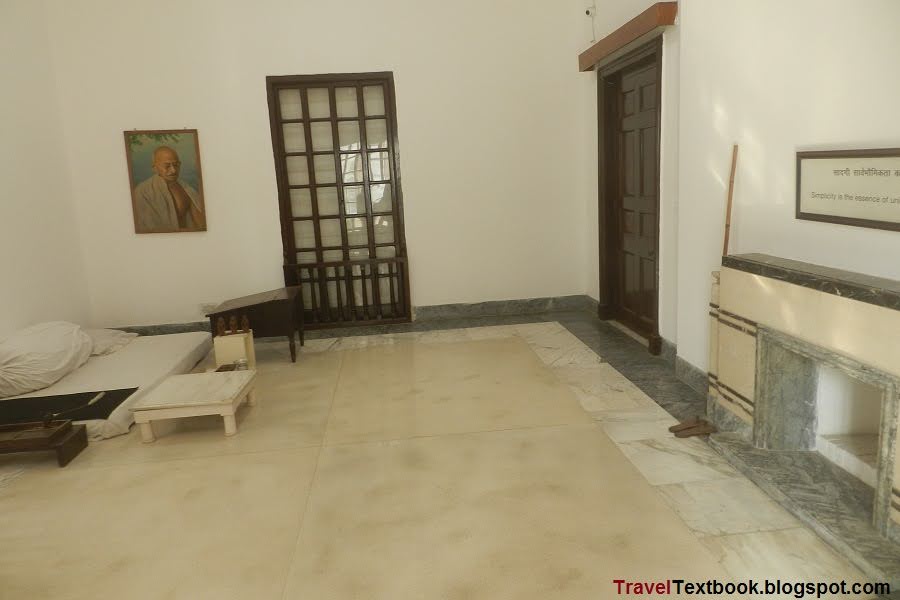
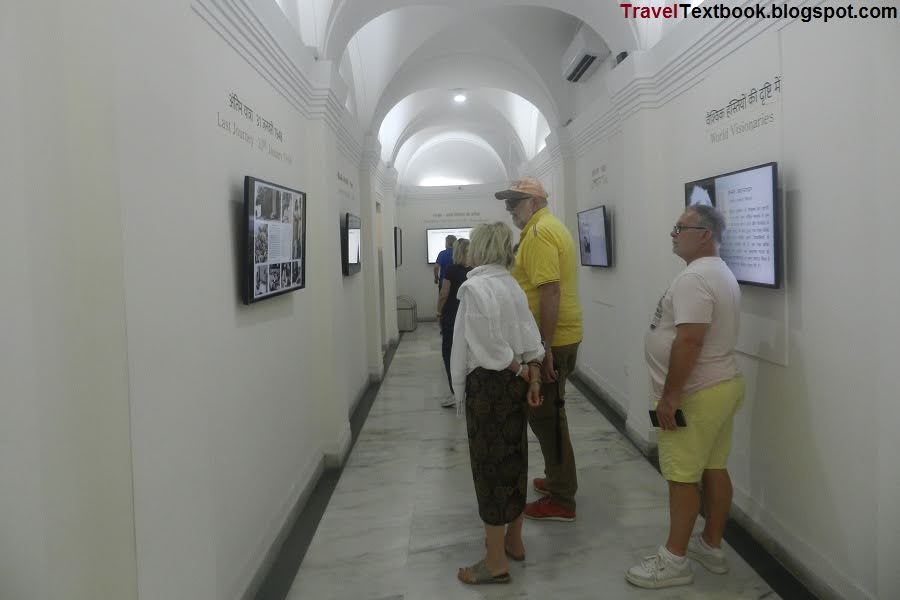
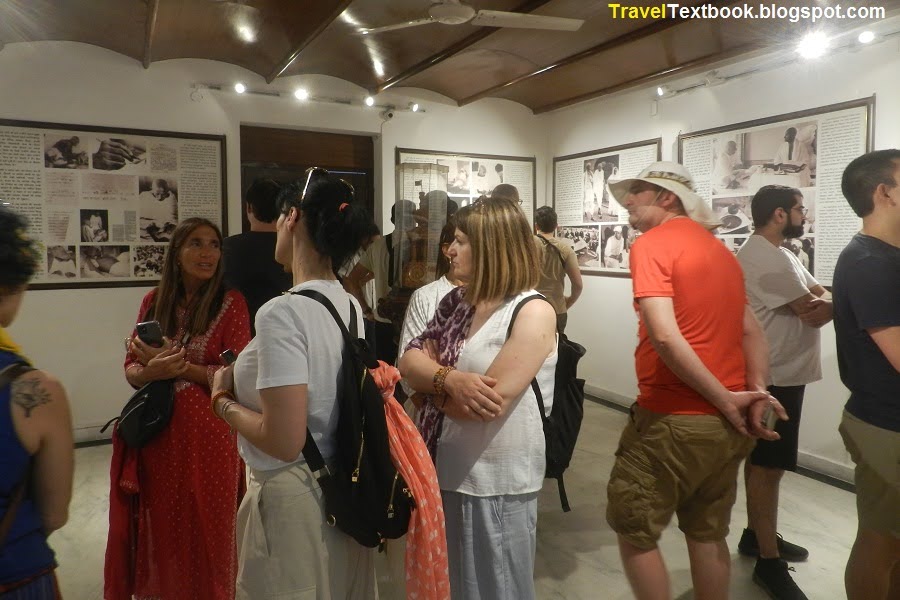
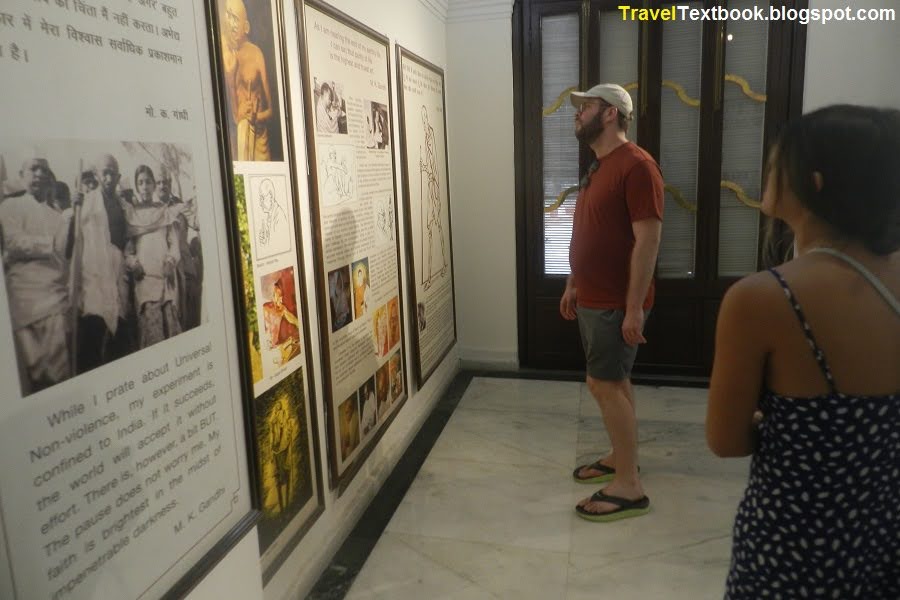

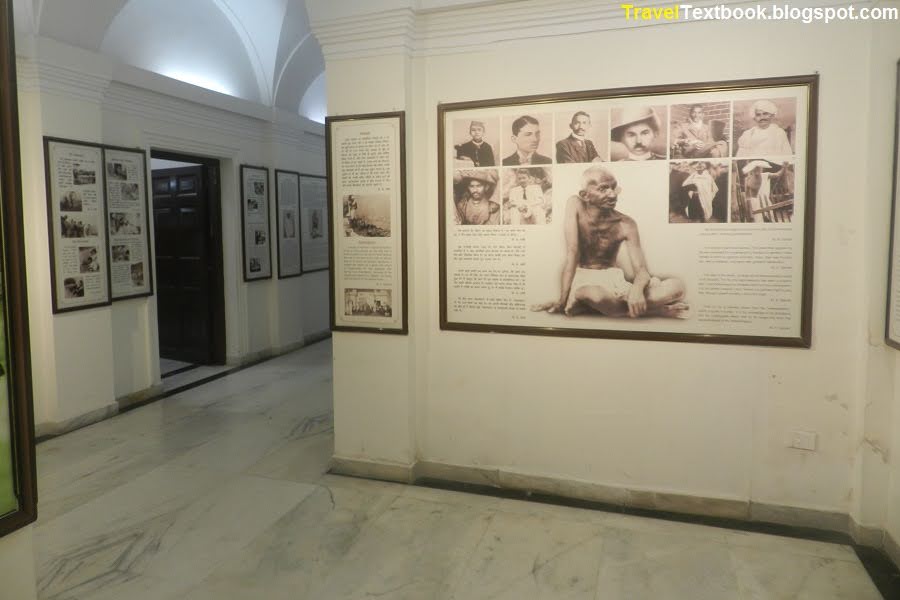

I entered the room where Gandhi's life was beautifully depicted through mannequins in various glass cases. I'm giving pictures few of them with descriptions.
In 1888, Gandhi's mother agreed to go to England for his further studies only after taking a vow not to touch alcohol, women and meat.
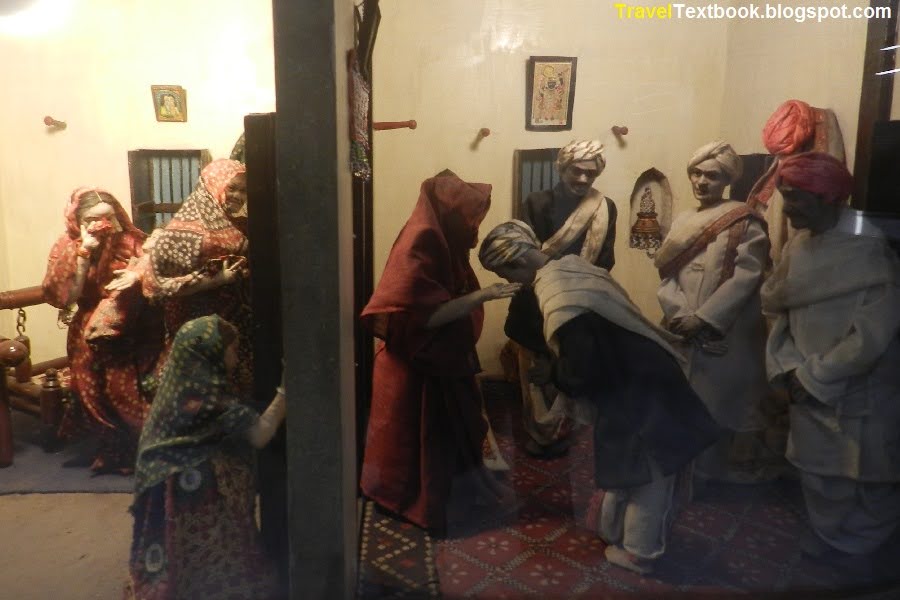
Gandhi, a barrister-at-law, was thrown from the first railway carriage at Maritzburg, South Africa in 1893, on the complaint of a white passenger. This incident changed the course of his life.
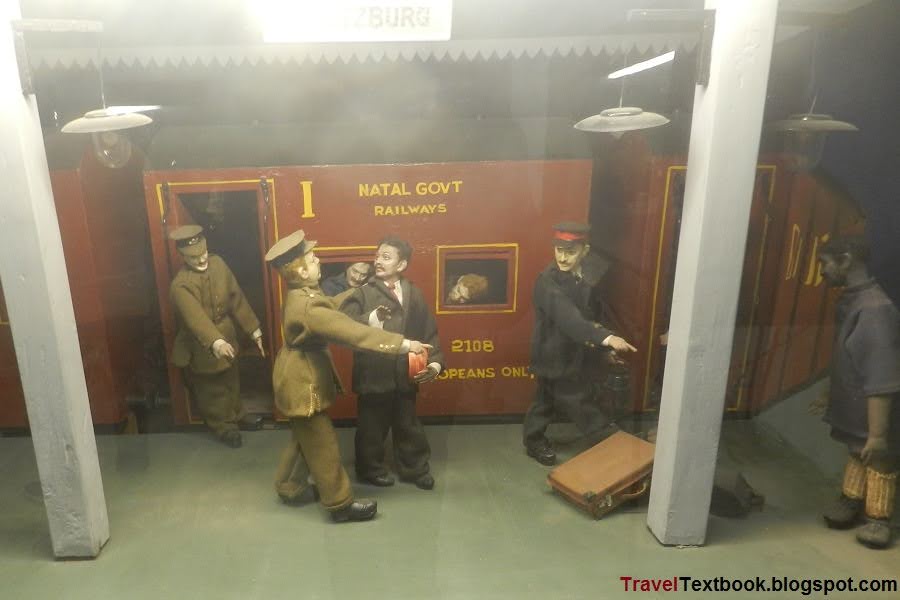
In 1913, hundreds of Indians marched from Newcastle in England to the Transvaal (It was a province of South Africa from 1910 to 1994 with Pretoria as its capital) in protest against a $3 tax. Their leader Gandhi was arrested 3 times in four days but they continued the march.
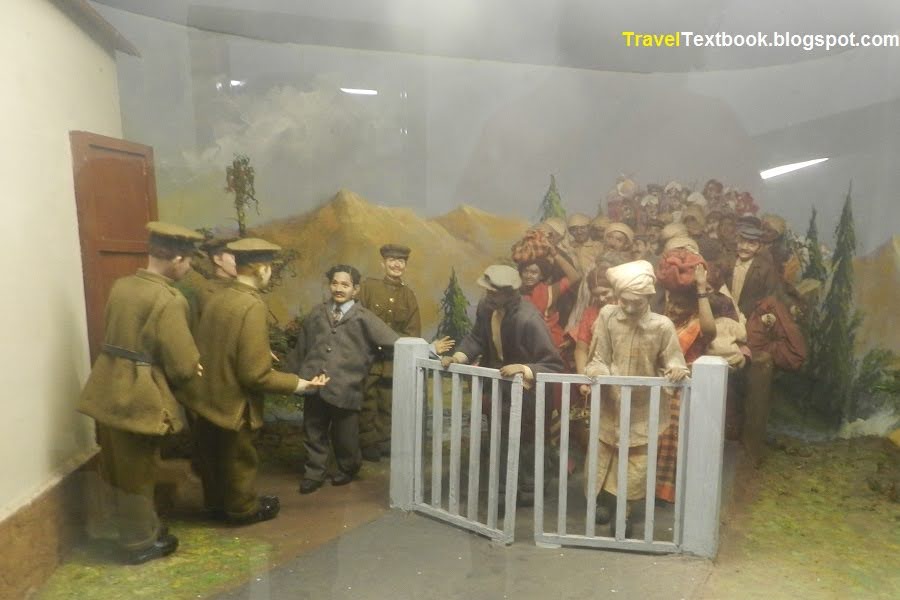
In 1915, after returning to India from South Africa after 21 years, Gandhi and his wife Kasturba were given a warm welcome in Bombay.
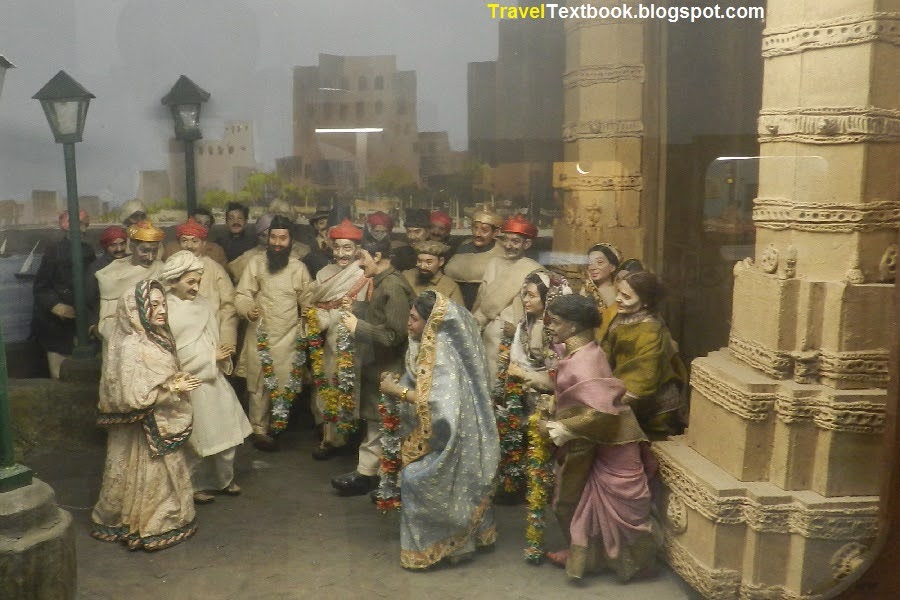
In 1917, Gandhi supported the downtrodden peasants in the indigo plantations of Bihar and held his first civil siobedioence movement lunch in India. Neel's forced growth was stopped.
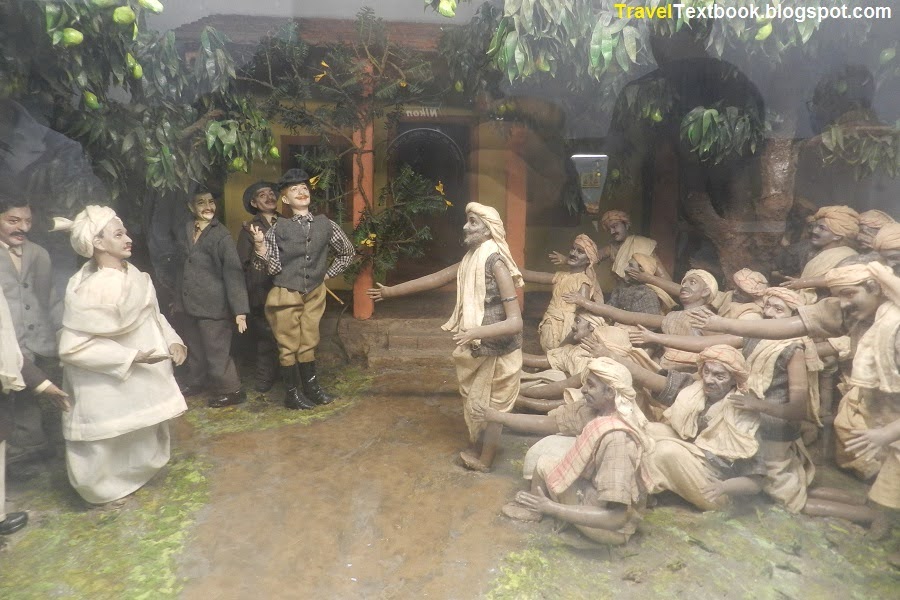
In 1922, Gandhi launched a campaign in Bombay to boycott foreign cloth by setting fire for India's economic emancipation.

On 12th March 1930, Gandhi watched the Great Freedom March from the Sabarmati Ashram with the determination to break the inhumane Salt Law.
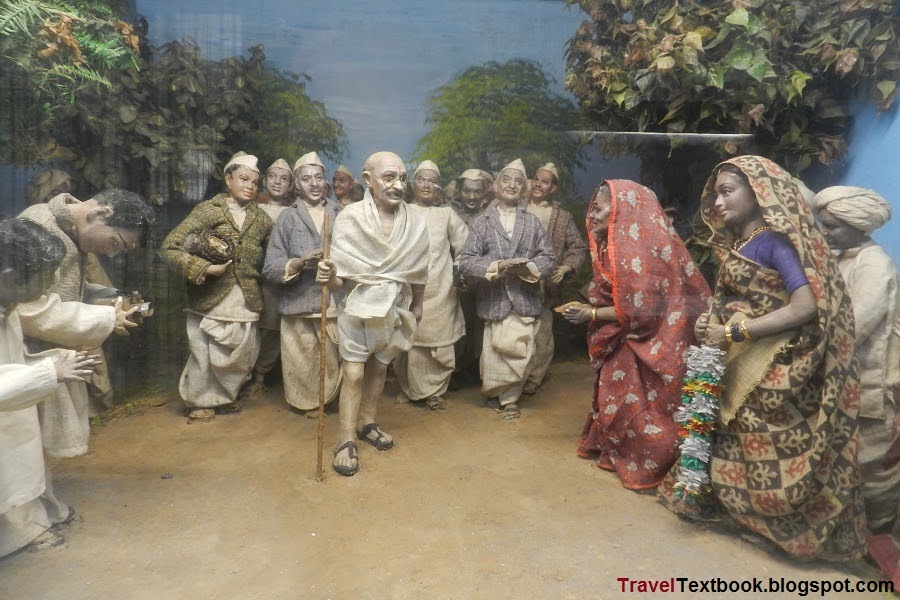
In 1931, Gandhi went to London to attend the Round Table Conference. At the invitation of the king. He went to Buckingham Place in his usual dress.

In 1940, Gandhi met poet Rabindranath Tagore at Santiniketan.
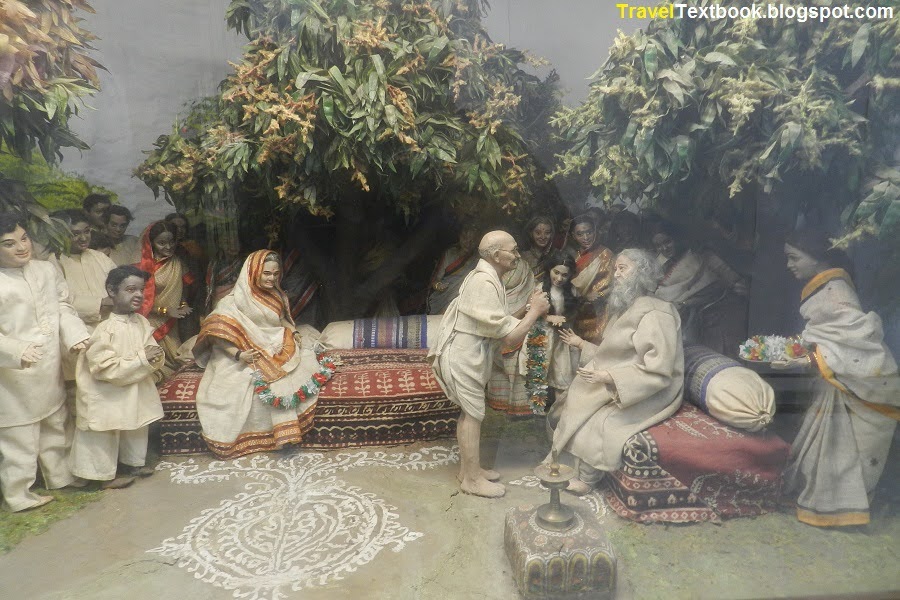
In 1947, Gandhi came to Patna to console the victims of communal frenzy. He urged Hindus and Muslims to live together. He brought love where hate and cunning reigned.

On 1st September 1947, Gandhi began his hunger strike to end the communal frenzy in Calcutta. This resulted in the goons surrendering their weapons causing deep heart-searching among all concerned. Gandhi broke his hunger strike to restore peace.
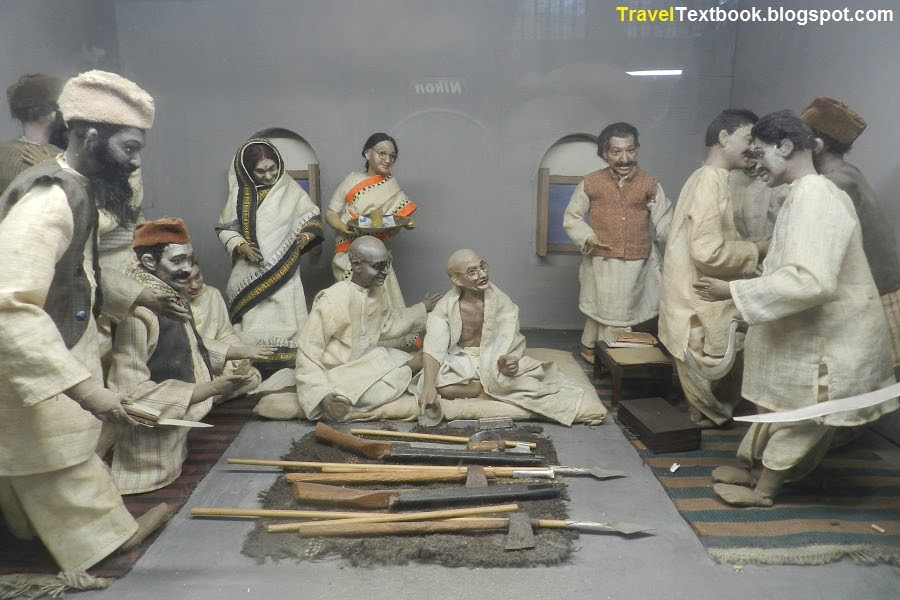
Mahatma Gandhi was assassinated on 30 January 1948 at the age of 78 at this compound of Birla House. His body was placed on a sandalwood pyre at Rajghat in Delhi and cremated.
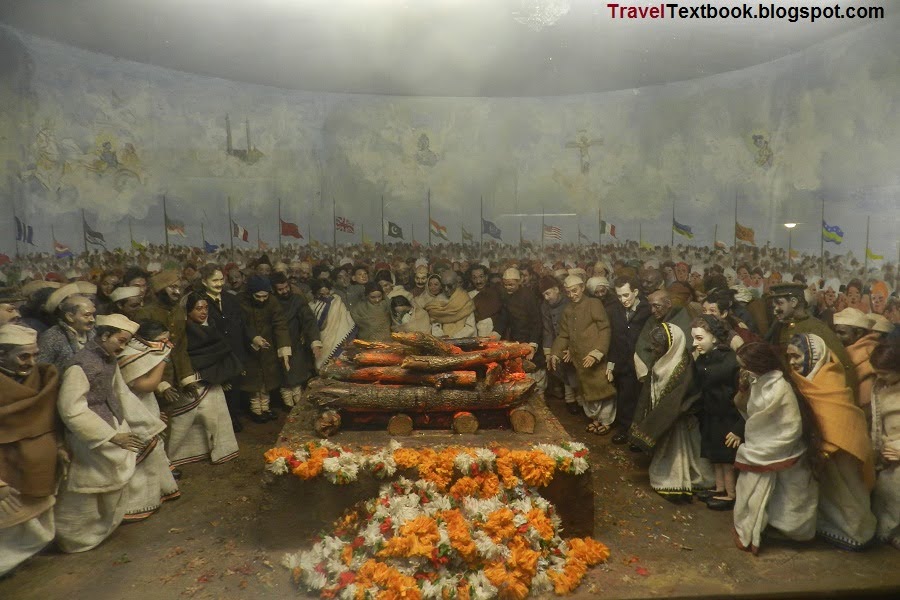
Then I went to the library room next door.
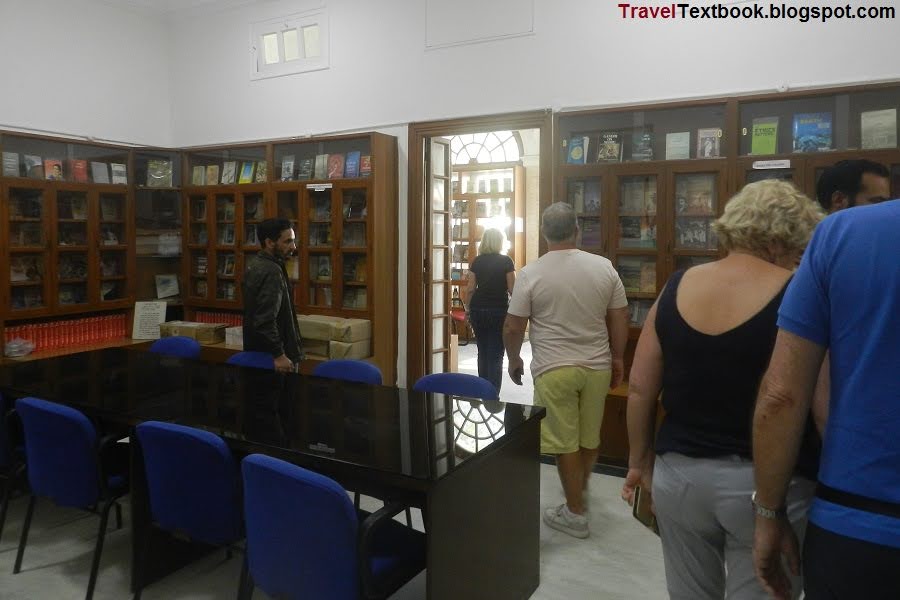
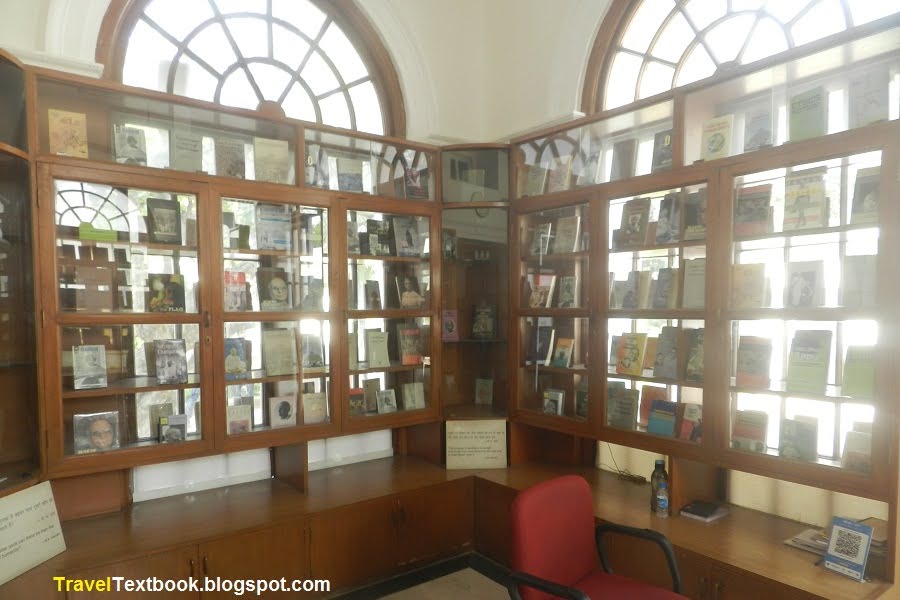
Then I exited the building on the east side and see the east design of the building.
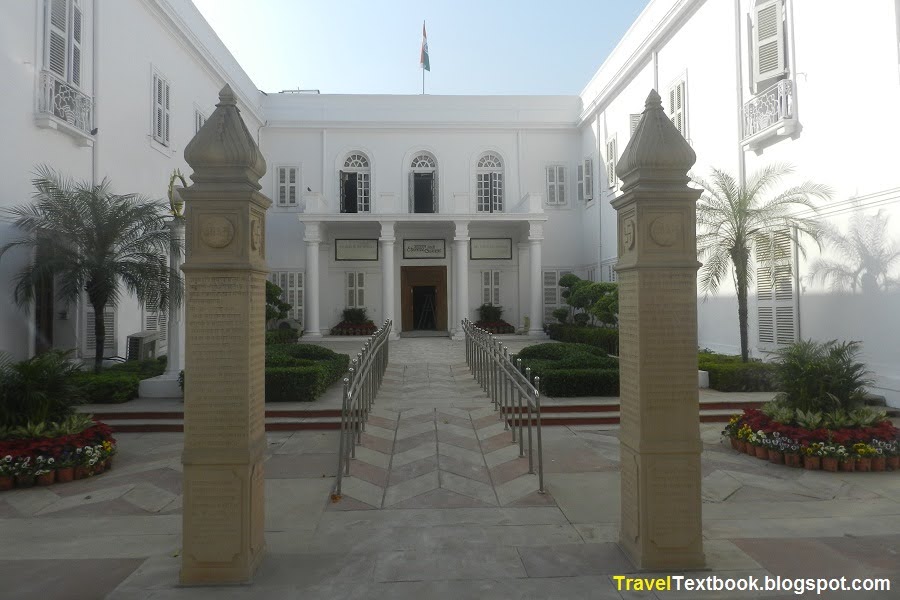
Then I went to the back of the building (south side).
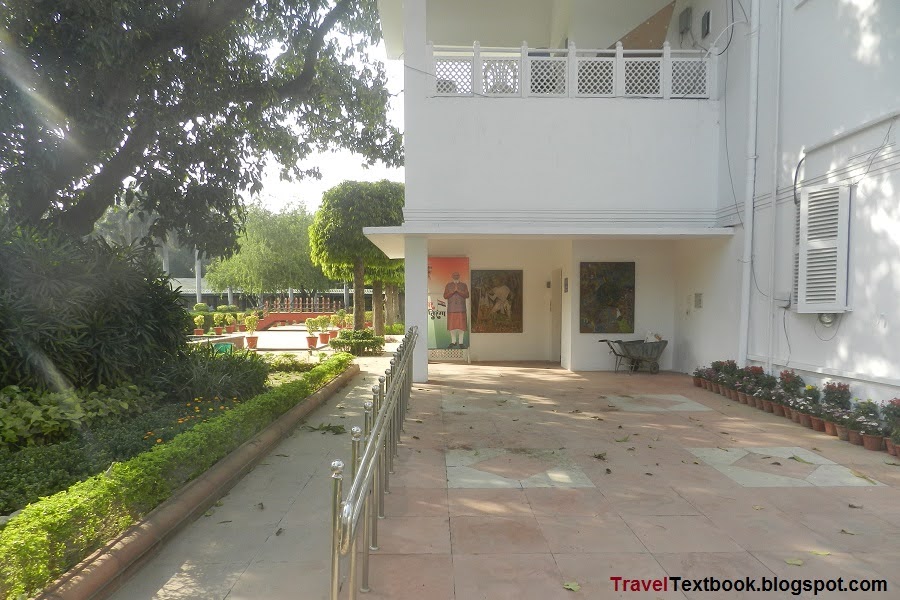
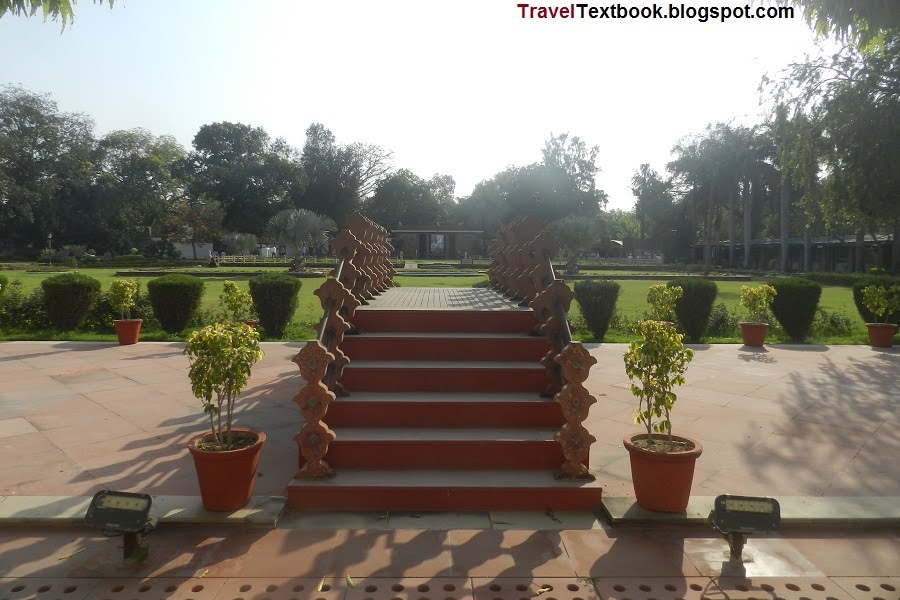
I went from the east side of the back of the building to the west side. There are footprints of Gandhi, which go south. It shows that Gandhi used to pray from his bedroom to the south prayer room through this passage.

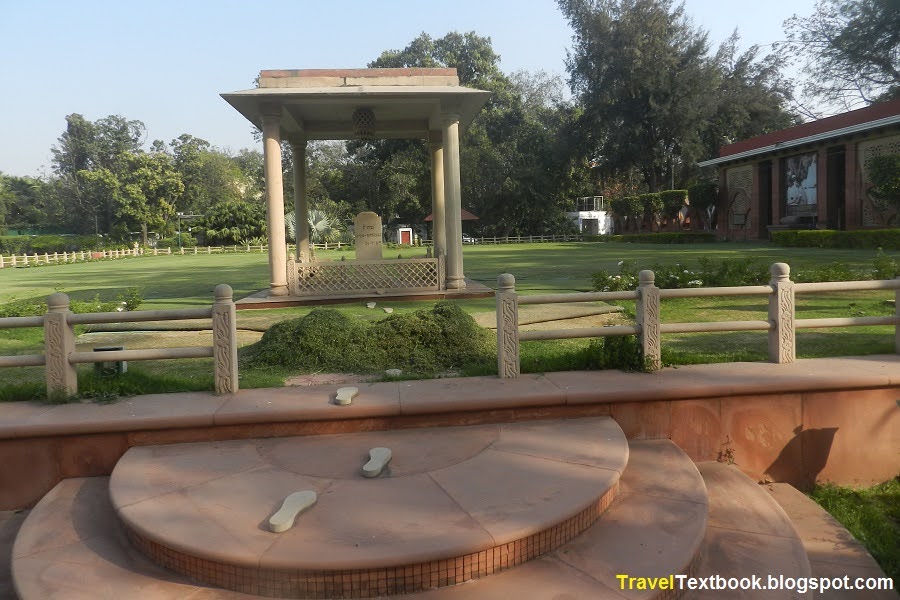
Then turned right (west) and walked north along the long porch of the tin shed. I reached the west side of the museum.


Then I saw a stairway. I climbed the stairs to the next floor.

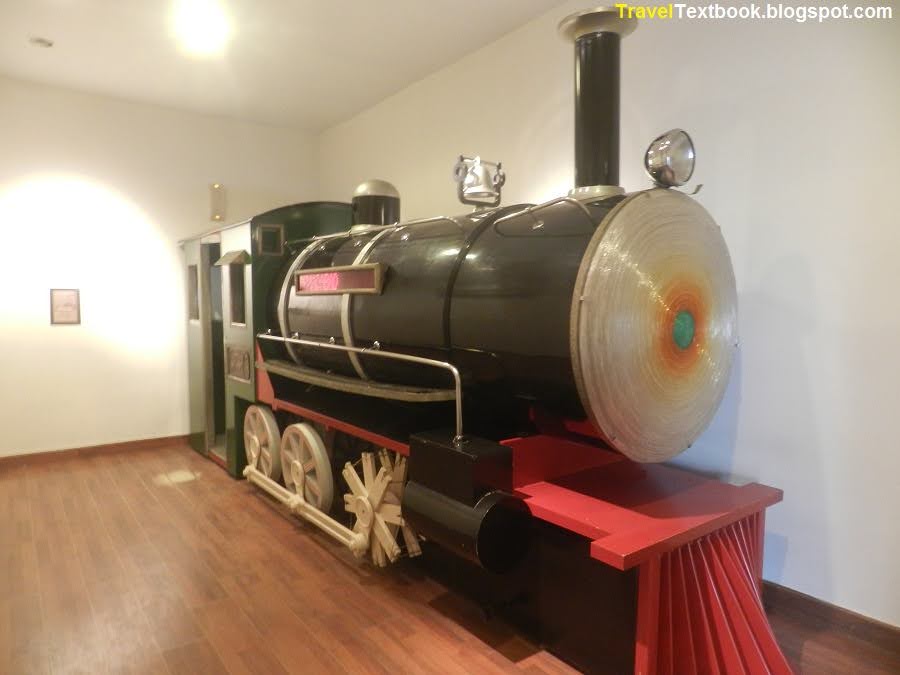


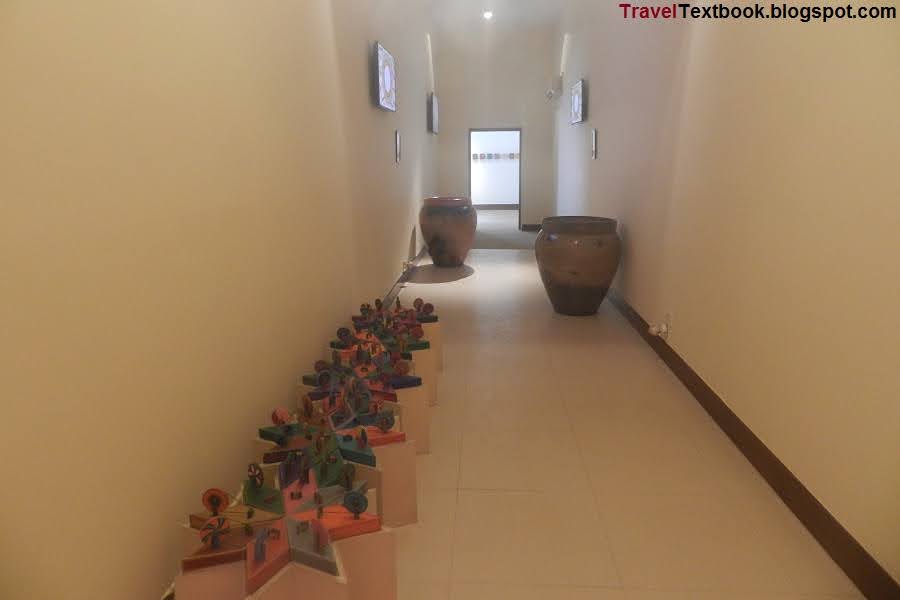
Visiting Time: Tuesday to Sunday - 10 AM to 5:30 PM. Monday remains closed.
Entry Fee: Free.
Photography: Allowed.
How to go: It is located about 800 meters from Lok Kalyan Marg Subway station (Yellow Line) at Tees January Marg. I came from Central Secretariat Subway station (interchange of violet and yellow line) to this metro station. Then walked to the museum.
Indira Gandhi Memorial Museum
Museum
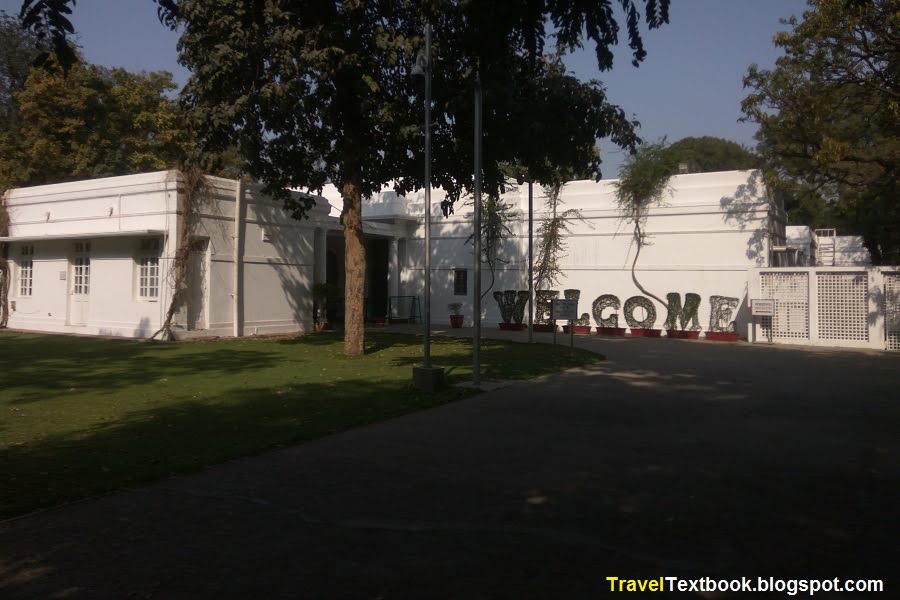
Indira Gandhi was the third prime minister of India from 1966 to 1977 and from 1980 until her assassination in 1984. She was the daughter of Jawaharlal Nehru, and the mother of Rajiv Gandhi.
After the security check, I entered the museum. You can take your camera inside your bag but not use it. You can only take photos with your cell phone inside the museum.
Indira Gandhi moved to this house soon after her father Jawaharlal Nehru's death in 1964. She continued to live here until her assassination in 1984.
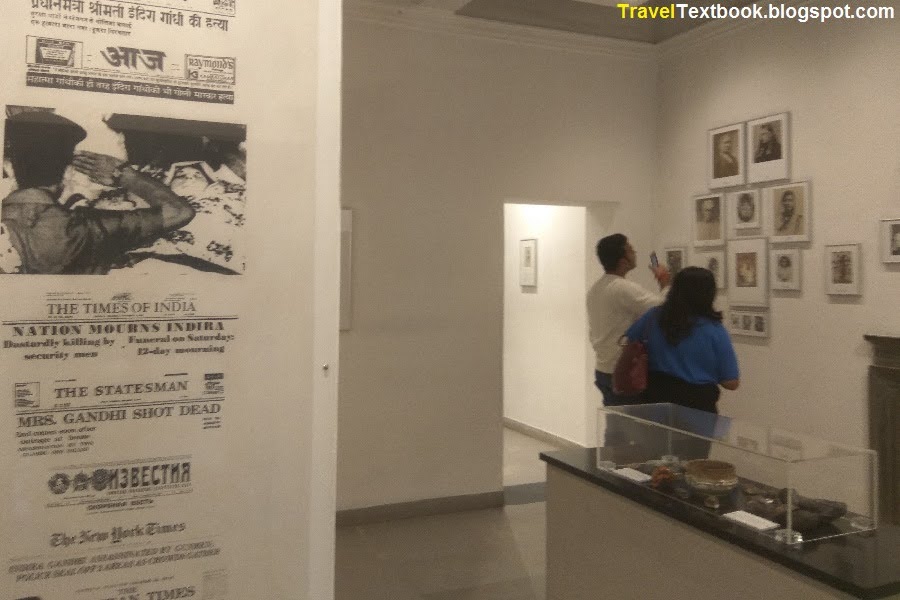
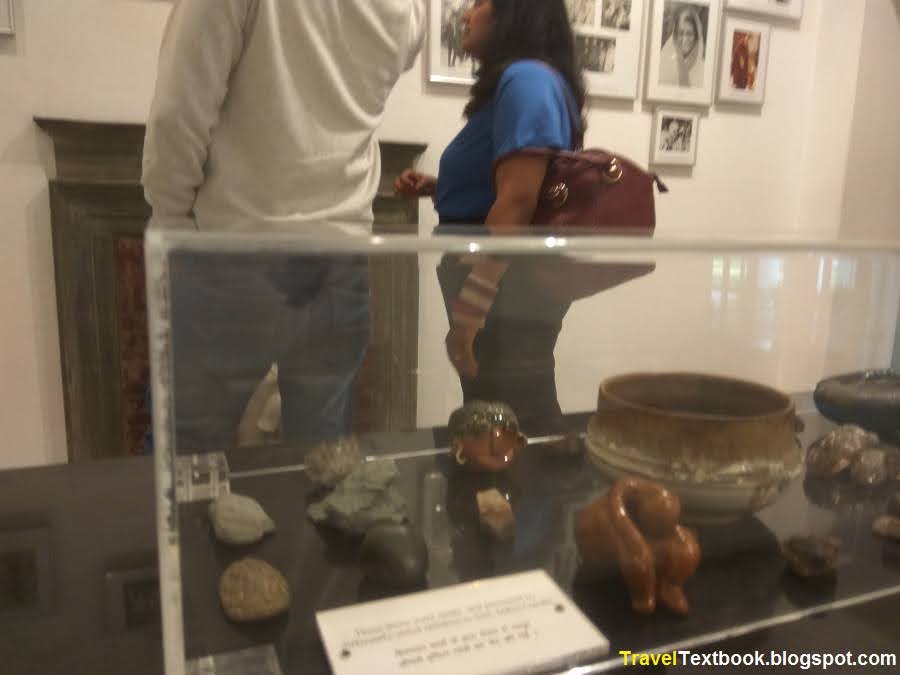
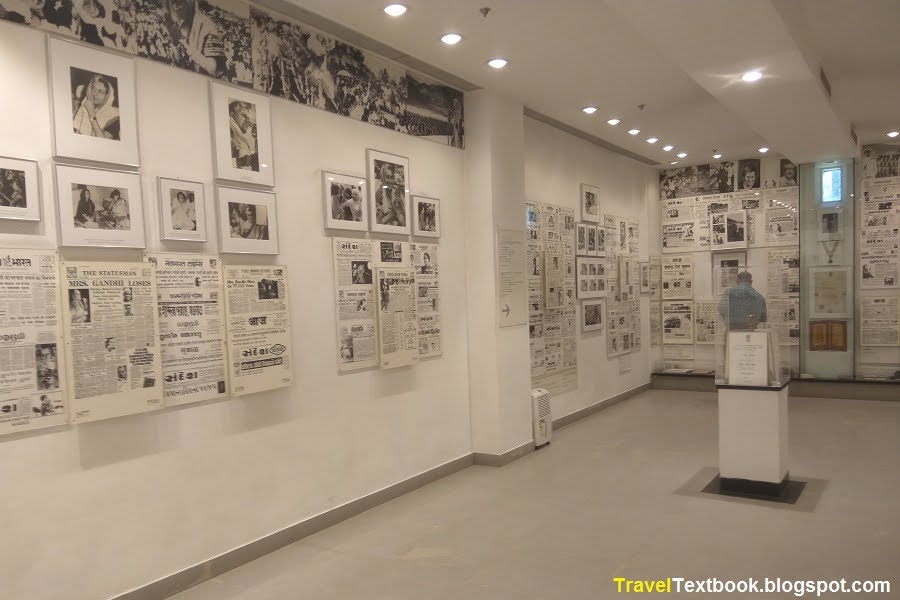
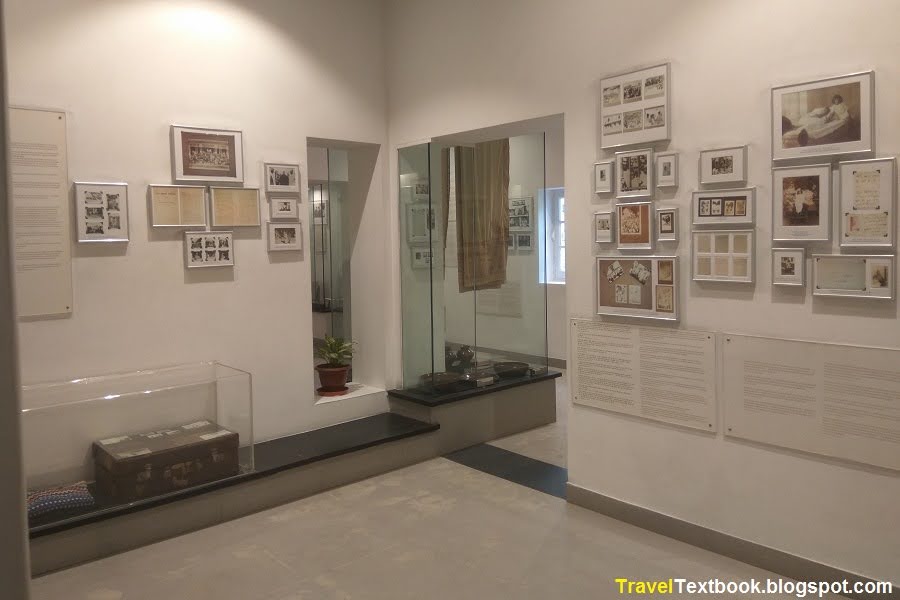
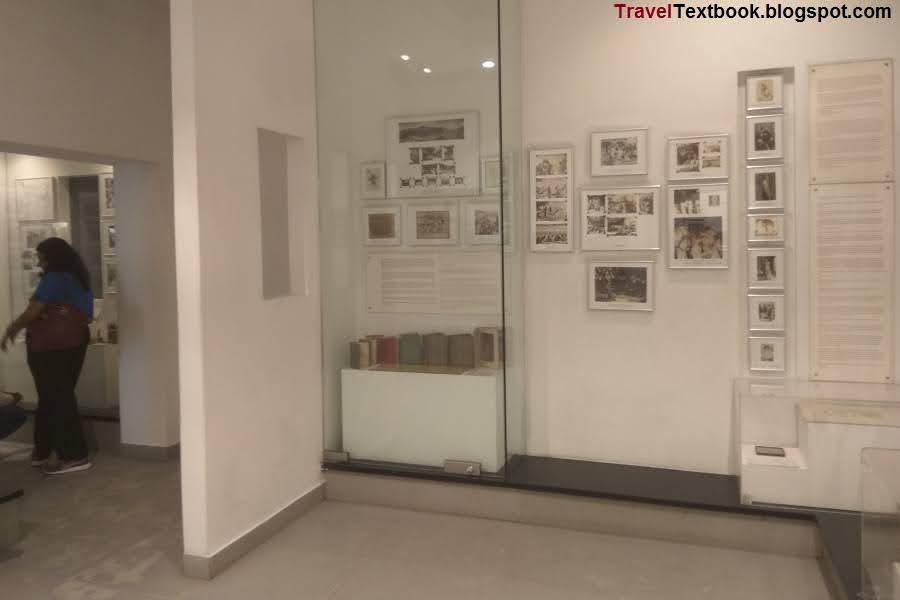

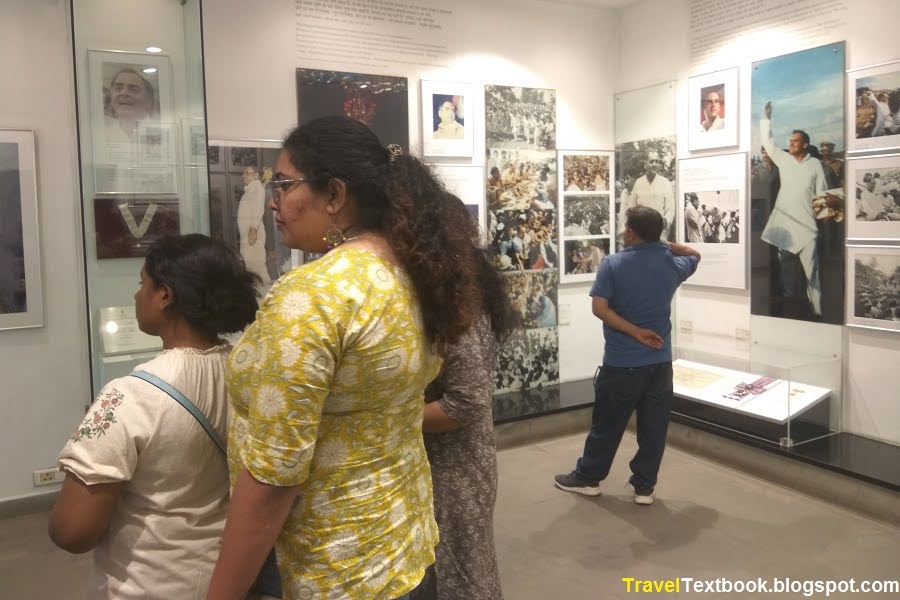
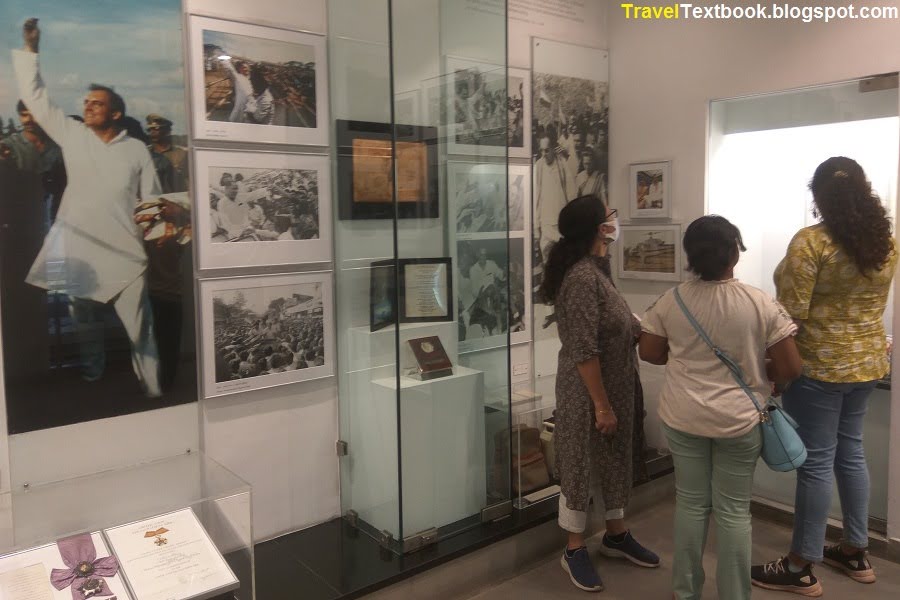

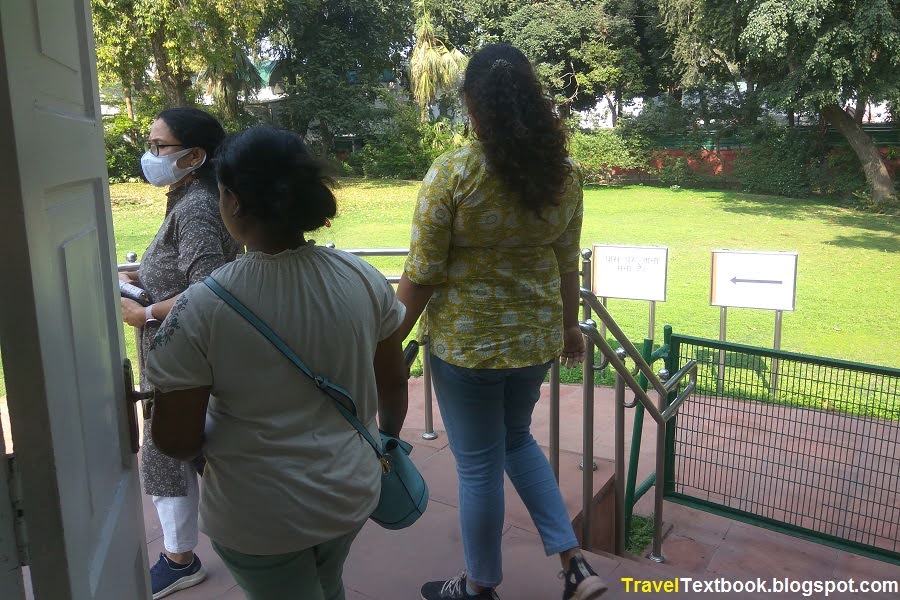
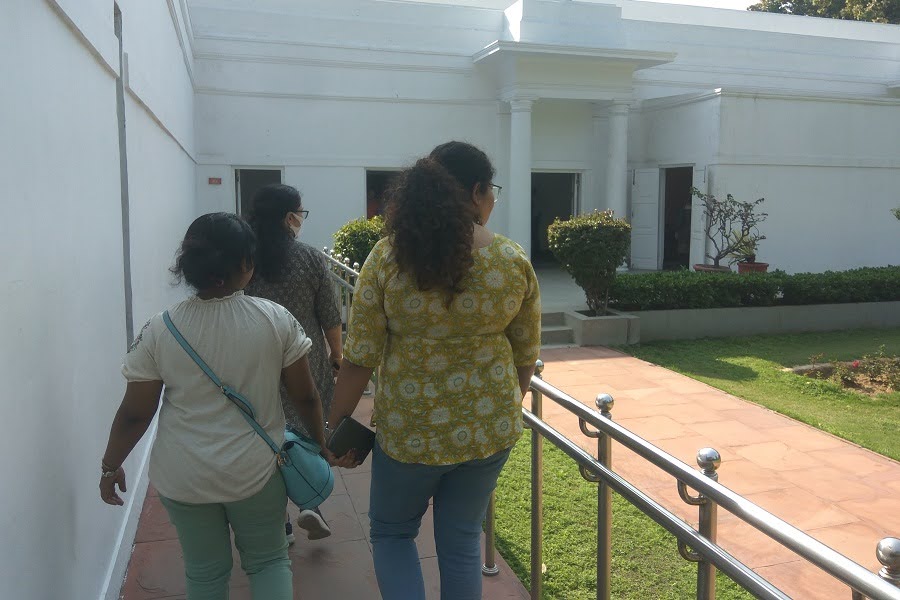
The bedroom of Indira Ghandhi.
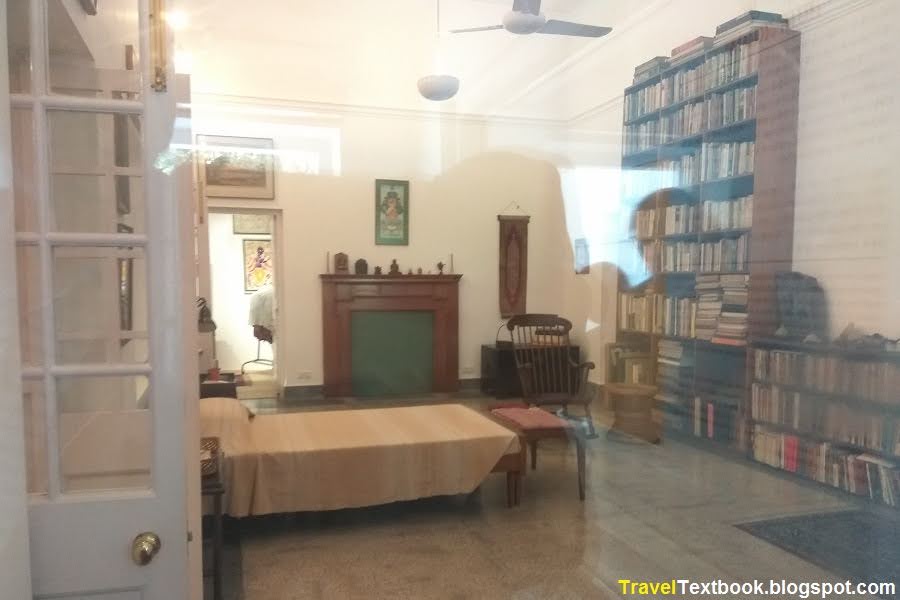
Puja (prayer) room of Indira Gandhi.
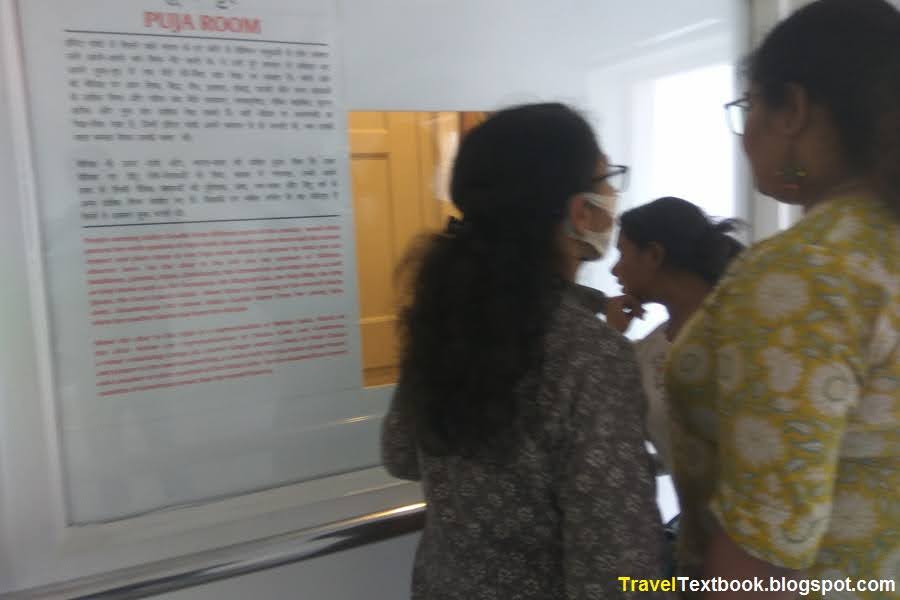
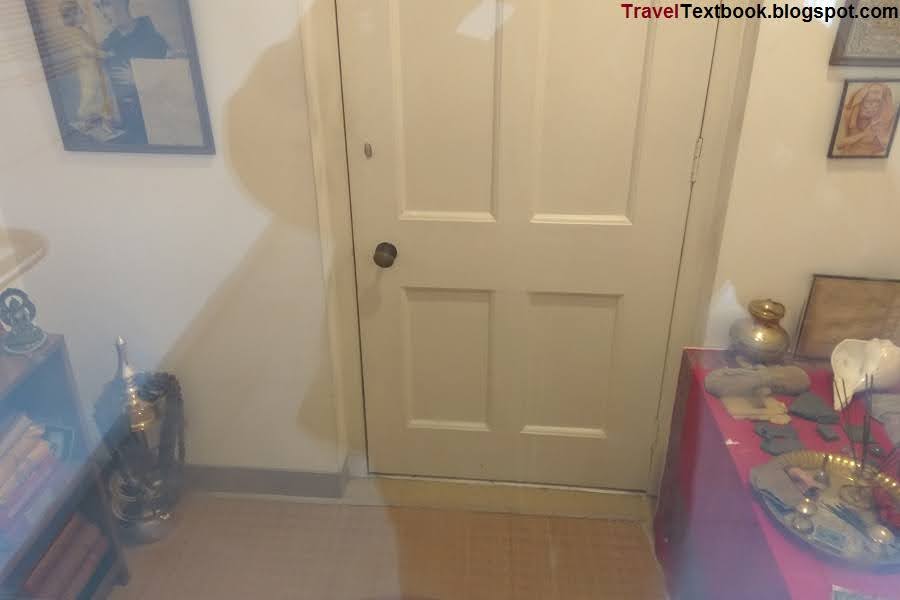
Drawing Room of Indira Gandhi.
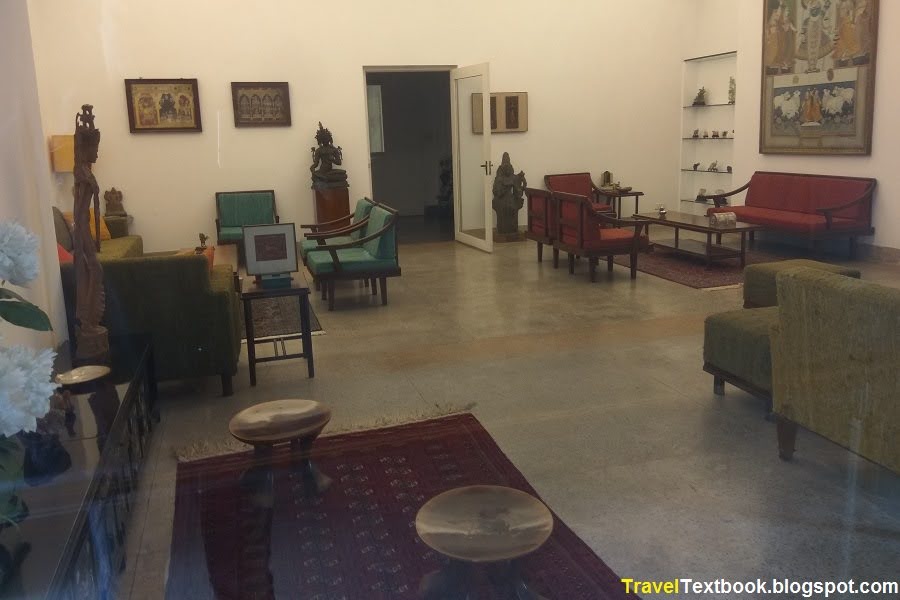

Dinning room of Indira Gandhi.
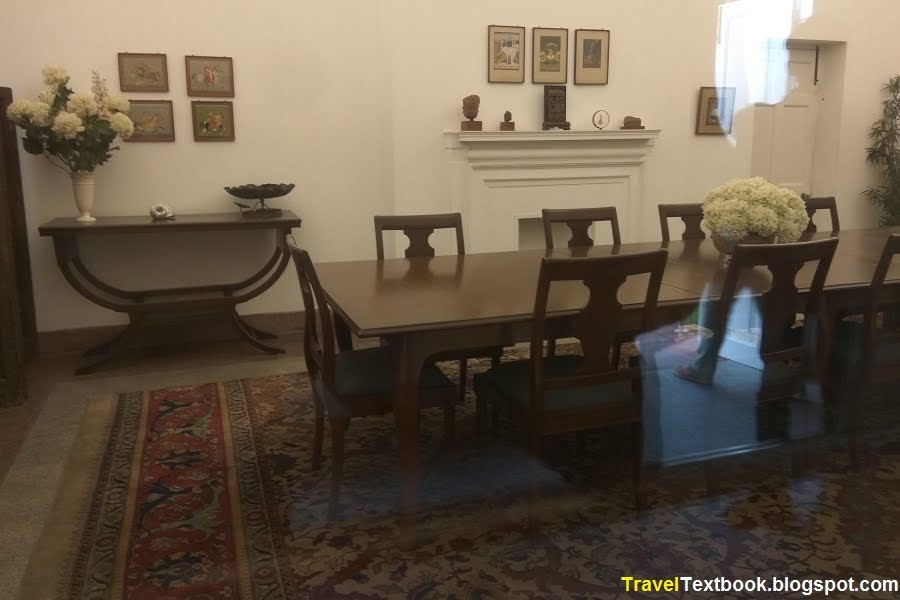
Then I exited from the museum.

Outside, there is a portrait on the wall. Nobel poet Rabindranath Tagore with Indira Gandhi, and other students. Indira Gandhi's face is circled.
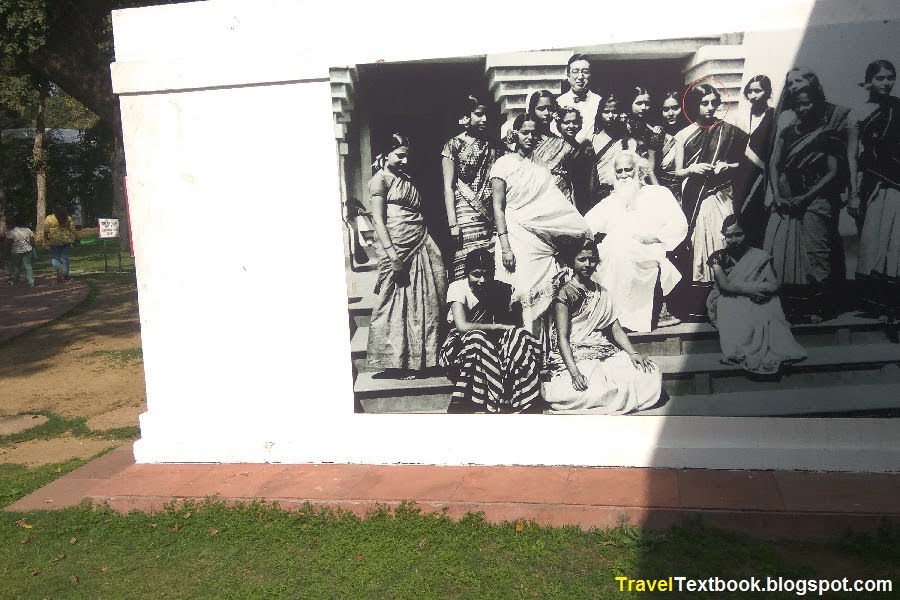
I continued to follow the exit. I reached the place where Indira Gandhi was assassinated. On 31 October 1984, Gandhi's two Sikh bodyguards shot her with their service weapons at this location. She was taken to hospital where she was declared dead. The assailants fired 31 shots at her, 30 of which hit her; 23 passed through his body and 7 remained inside her. Indira Gandhi was cremated at Shakti Sthal near Rajghat on 3 November.

I again continued to follow the exit.




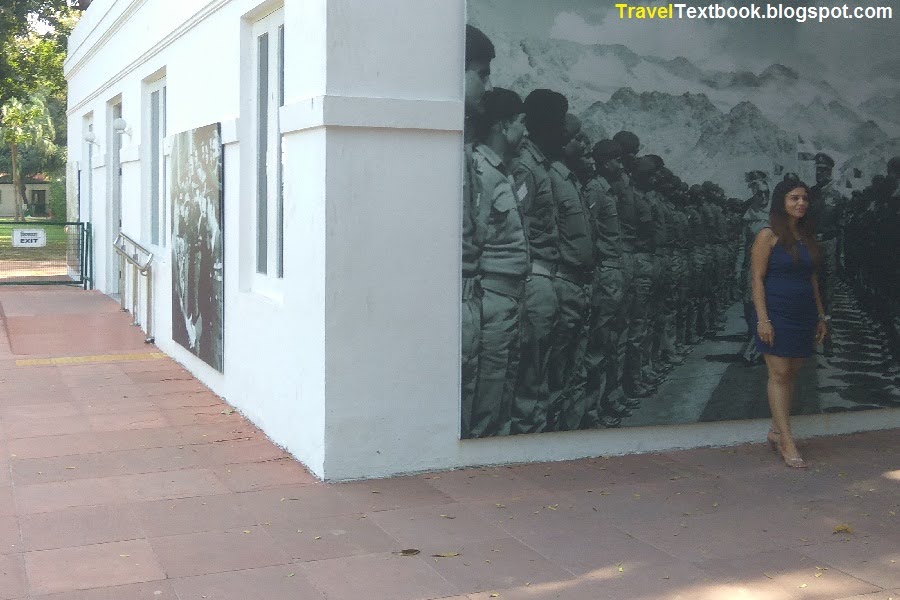
You have to exit through the gift shop. Where you can buy Indira Gandhi photo printed caps, pen mugs and photographs.

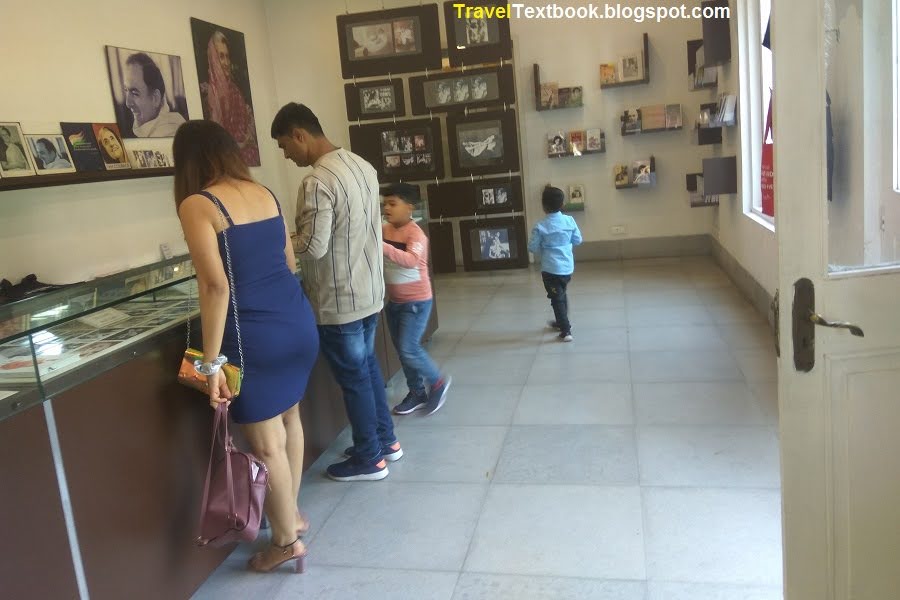
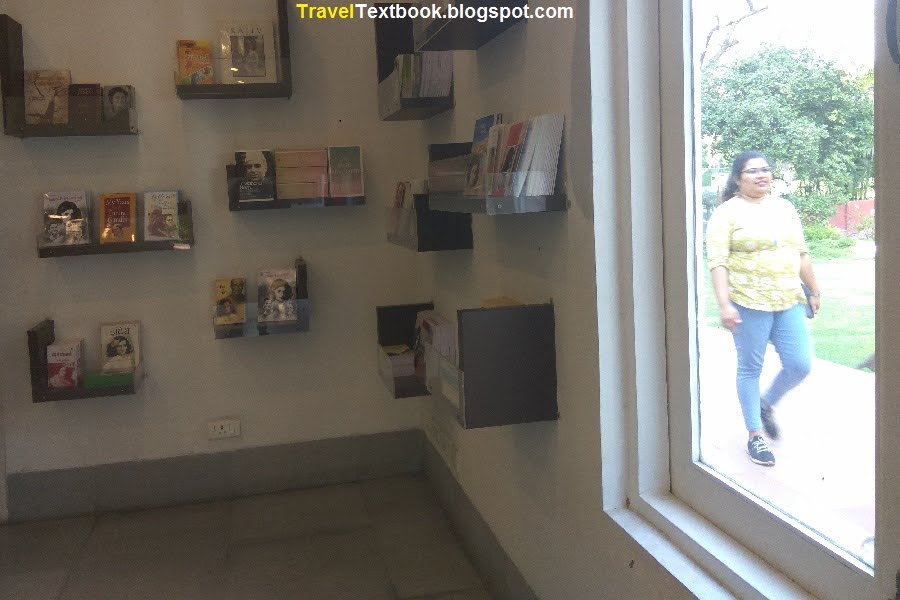
Visiting Time: 9:30 AM to 4:45 PM. Monday remains closed.
Entry Fee: Free.
Photography: Only cell phone photography is allowed.
How to go: It is located about 1 km from Gandhi Smiti Museum towards west.
Pradhanmantri Sangrahalaya
Museum
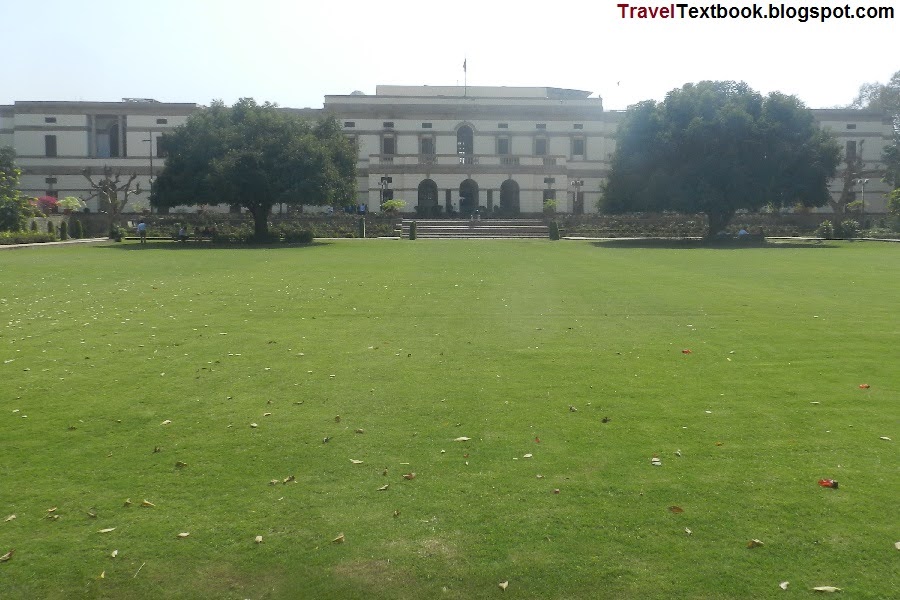
Formerly known as Flagstaff House was built by British in 1930. The building was the winter headquarters and residence of the Commander-in-Chief of Forces. "Teen Murti Bhaban" name became popular because of the Teen Murti (three statues) Memorial, built in 1922, at the outer circle of the complex, which gives the building its name.
After the departure of last Commander-in-Chief in August 1948, the house became the official residence and workspace of the Prime Minister, Jawaharlal Nehru. He stayed there for 16 years until his death on 27 May 1964.
Nehru Memorial Museum and Library was inaugurated on 14th November 1964 at this building. The Museum was set up in the eastern wing and Library in the western wing. On 1st April 1966, the Government established a research and reference center here with a very rich and varied collection of books, journals, photographs and other resource materials. It has a rich manuscript section.
The new library building was built adjacent (left side inside the premises) to the Teen Murti House in January 1974.
Research increased and New Annex building was built in 1989. The Center for Contemporary Studies was setup to the new bulding in 1990. This building is now open for only for research are made available to scholars.
Teen Murti Bhaban is using as the Pradhanmantri Sangrahalaya museum building 1. Pradhanmantri Sangrahalaya is a museum built to pay tribute to every Prime Minister of India since independence. This building contains Jawaharlal Nehru Gallery and Toshakhana.
Building 2 was built at the south side (back side) of butilding 1. It shows the gallery of the rest of the prime ministers.
The complex has four major constituents, namely, a Memorial Museum, a library on modern India, a Center for Contemporary Studies and the Nehru Planetarium.
Visiting Time: March to October - 10 AM to 6 PM. November to February - 10 AM to 5 PM. It remains closed on Mondays and Gazetted Holidays.
Entry Fee: Tuesday to Friday - 50 Rupees (US$ 0.61) for Indian adult and 40 Rupees (US$ 0.49) for Indian child age 5-11. Saturday and Sunday - 100 Rupees (US$ 1.22) for Indian adult and 50 Rupees (US$ 0.61) for Indian child age 5-11. 750 Rupees (US$ 9.18) for foreign adult and 375 Rupees (US$ 4.59) for foreign child age 5-11.
Light and Sound Show: Hindi - 6:30 PM to 7 PM. English - 7:15 PM to 7:45 PM. Tuesday to Friday - 50 Rupees (US$ 0.61). Saturday and Sunday - 75 Rupees (US$ 0.92)
How to go: It is located about 900 meters from Indira Gandhi museum towards northwest. Nearest Metro Station is Udyog Bhawan Subway station (Yellow Line) is located about 1.5 km northeast from it.
Nehru Memorial Library
Research Center
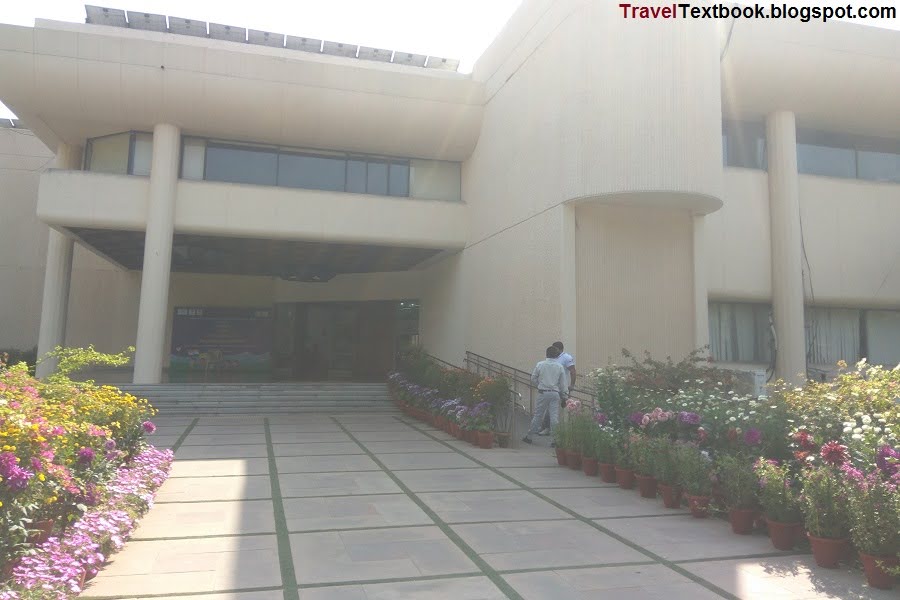
Nehru Memorial Museum and Library was inaugurated on 14th November 1964 at Teen Murti House. The Library was set up in the western wing. On 1st April 1966, the Government established a research and reference center here with a very rich and varied collection of books, journals, photographs and other resource materials. It has a rich manuscript section.
The new library building was built adjacent (east side inside the premises) to the Teen Murti House in January 1974.
Research increased and New Annex building was built in 1989. The Center for Contemporary Studies was setup to the new bulding in 1990. This building is now open for only for research are made available to scholars.
Visiting Time: Tuesday to Sunday - 10 AM to 5 PM.
Entry Fee: Entry restricted to the visitor. You can visit around the building.
Photography: You can take photo out side the building.
How to go: It is located inside the Pradhanmantri Sangrahalaya, left side, behind ticket counter.
Nehru Planetarium
Planetarium

It was inaugurated by Indira Gandhi, on 6 February 1984.
Show Time: 11:30 AM - English, 1:30 PM - Hindi, 3 PM - English, 4 PM - Hindi. 12:30 PM - Hindi (only on Sunday). Duration - 35-40 mnutes. Ticket counter will open half an hour before every show.
Entry Fee: 100 Rupees (US$ 1.22) for adult. 70 Rupees (US$ 0.86) for child age 4-12.
How to go: It is located inside the Pradhanmantri Sangrahalaya on the right.
Kushak Mahal
Historical Landmark
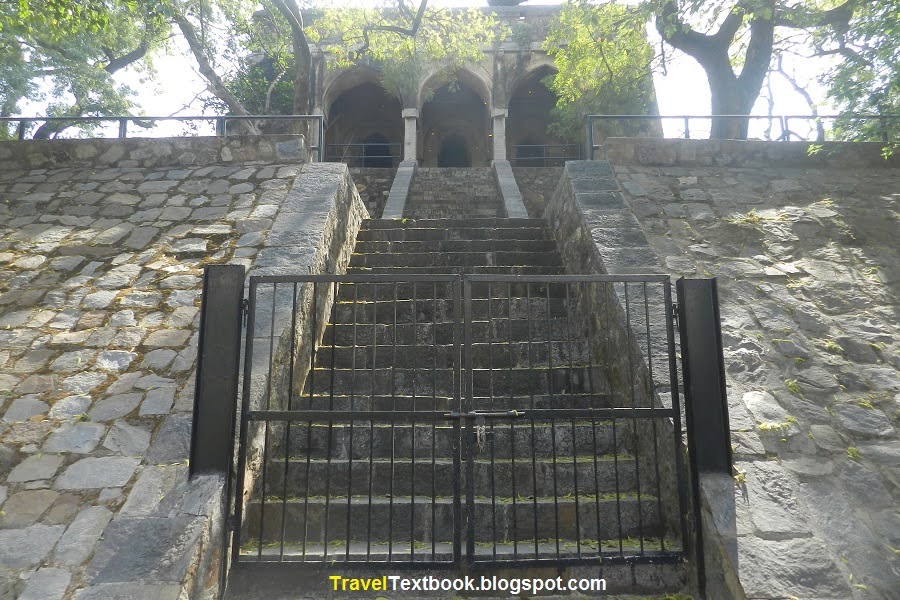
Kushak Mahal was a hunting lodge of Feroz Shah Tughlaq (Reigned 23 March 1351 – 20 September 1388).
How to go: It is located inside the Pradhanmantri Sangrahalaya, north of Nehru Planetarium.
Gyarah Murti
Monument
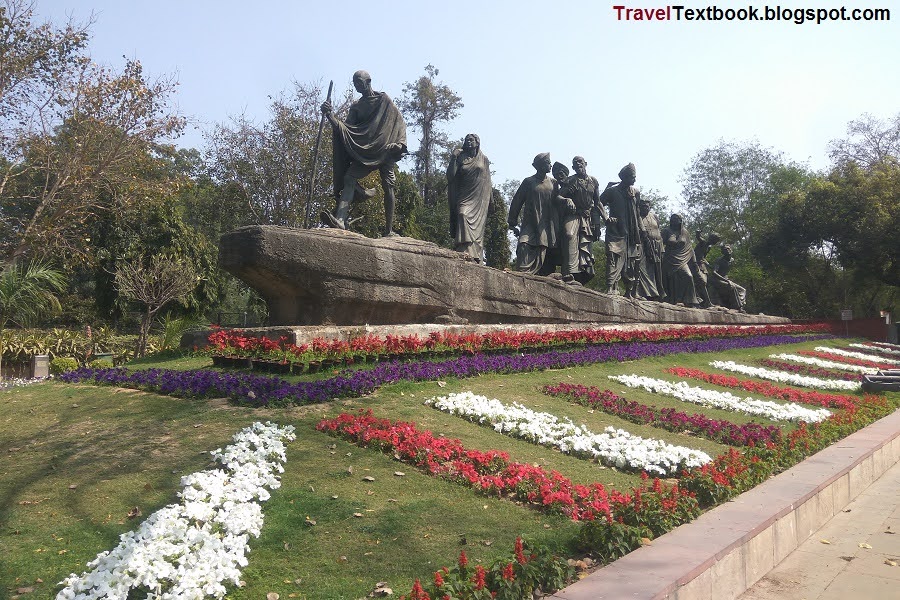
Gyarah Murti (11 statues) also called Gandhi March Statue, was commissioned in 1972 to commemorating the country's struggle for independence under the leadership of Mahatma Gandhi. It is widely believed to depict the Dandi March.
How to go: It is located about 1 km from Pradhanmantri Sangrahalaya towards west.
I just finished my travel today "Delhi Day-13". Nearest metro station is Udyog Bhawan metro station (yellow line) is about 2.3 km east from Gyara Murti. You can board on a bus from Gyarah Murti bus stop.
Hope this post will help you. Write your comment below and please share it with your friends.
You May Also Like
Travel Delhi: Day-1
Travel Delhi: Day-2
Travel Delhi: Day-3
Travel Delhi: Day-4
Travel Delhi: Day-5
Travel Delhi: Day-6
Travel Delhi: Day-7
Travel Delhi: Day-8
Travel Delhi: Day-9
Travel Delhi: Day-10
Travel Delhi: Day-11
Travel Delhi: Day-12
Travel Delhi: Day-13 (You are here)
Travel Delhi: Day-14
Travel Delhi: Day-15
Travel Delhi: Day-16
Travel Delhi: Miscellaneous
Click below to go
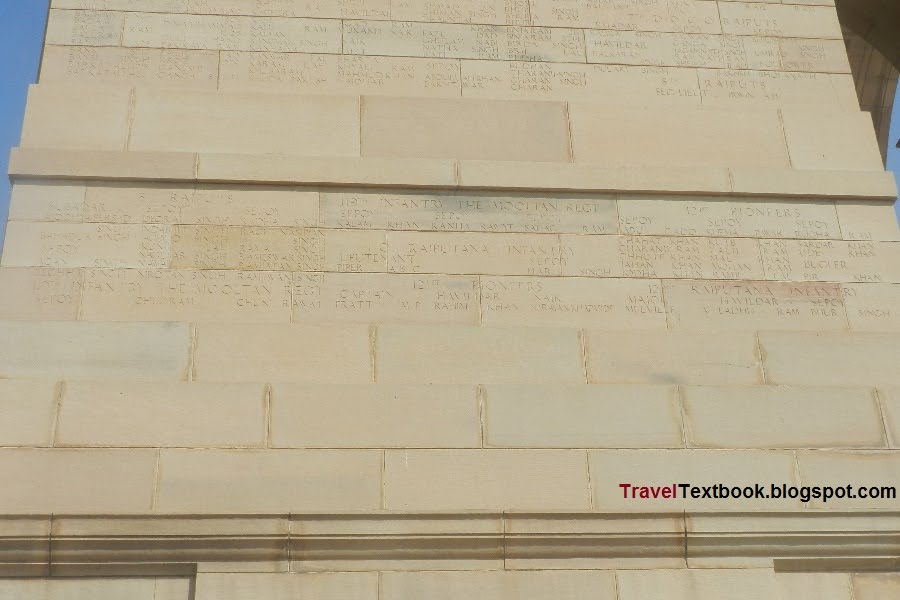
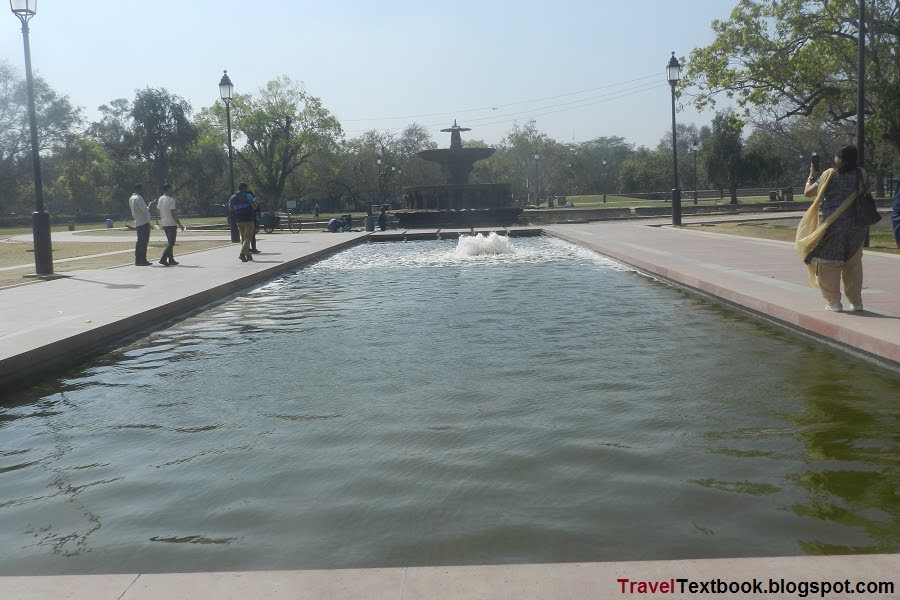
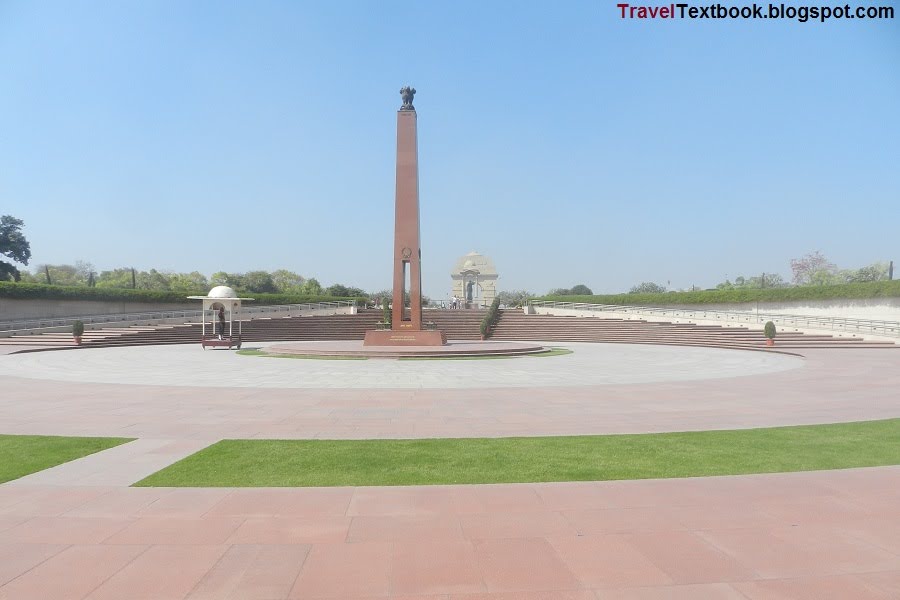
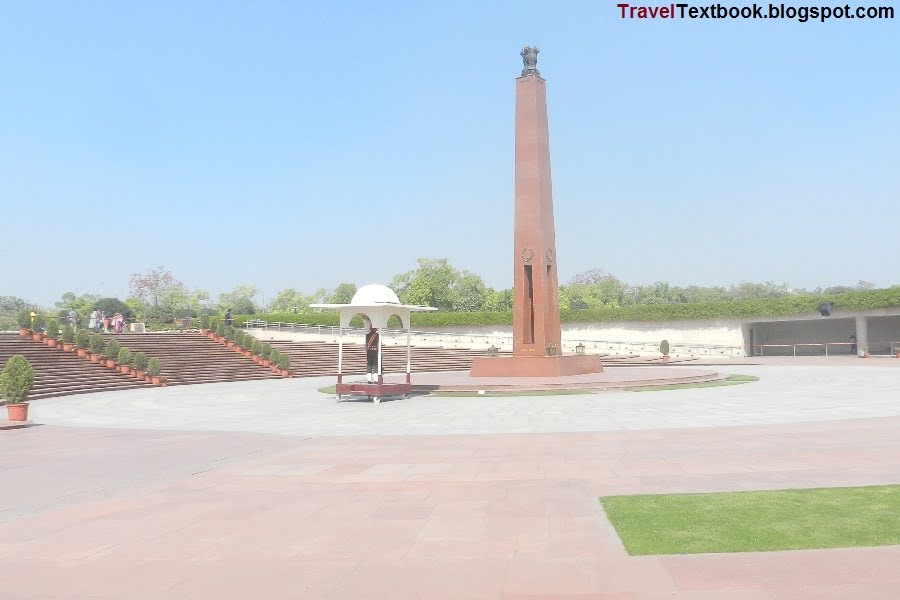

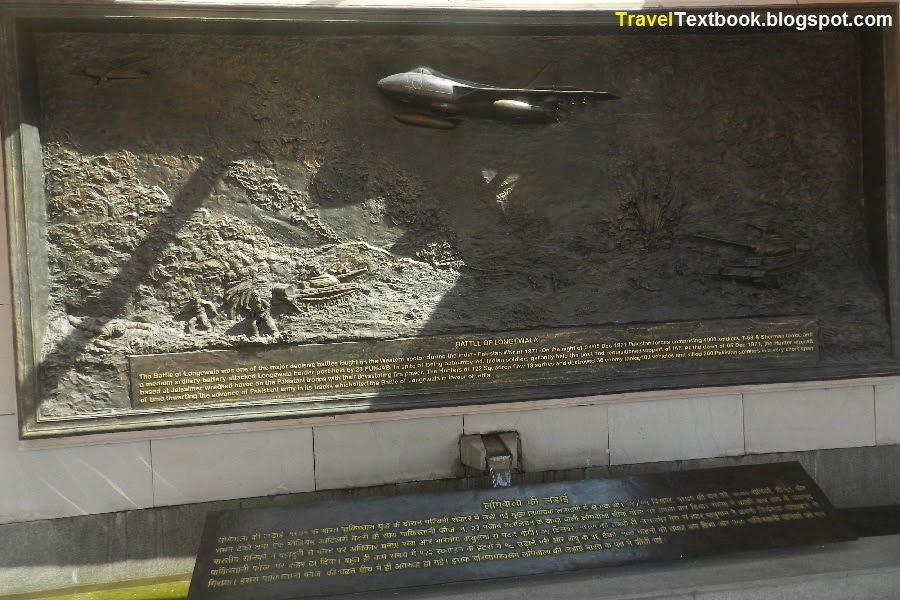

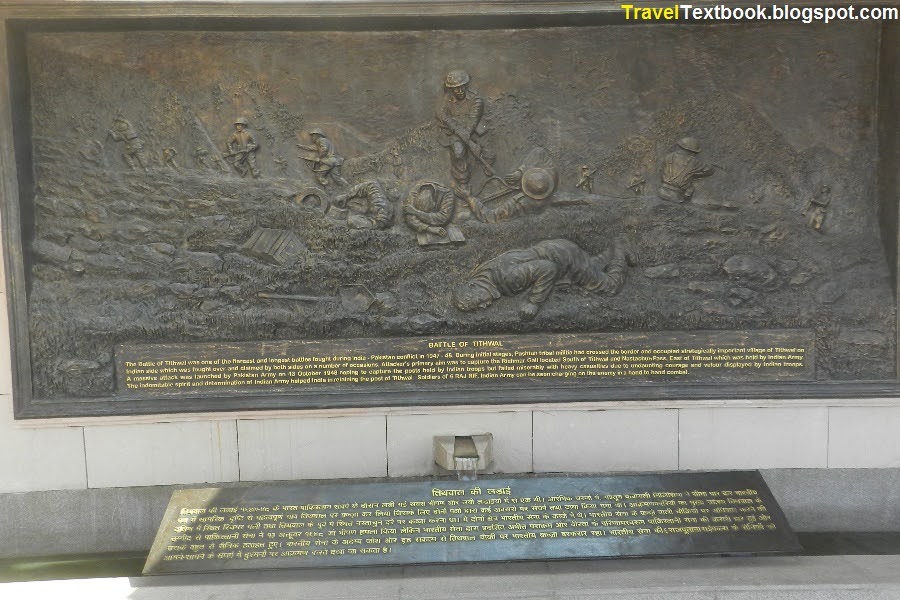
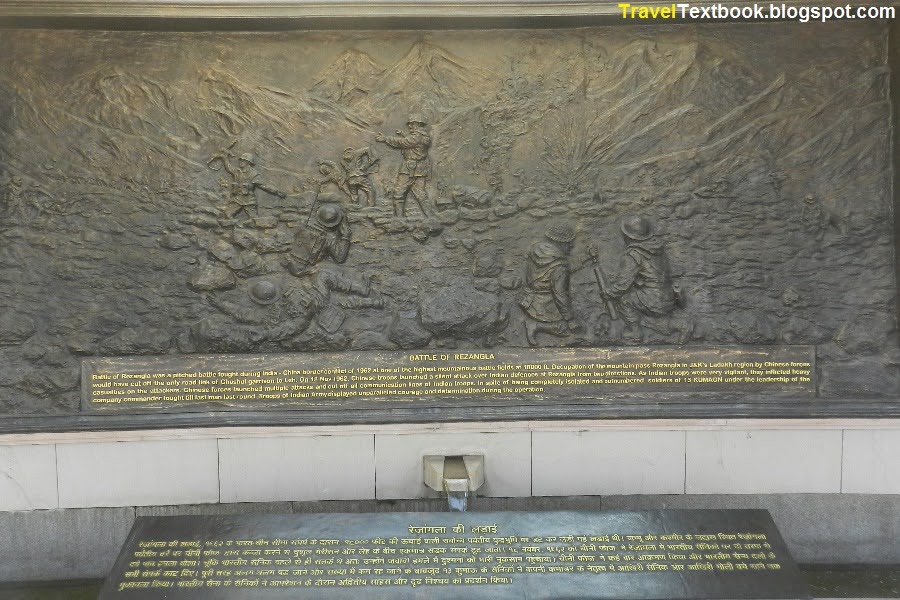
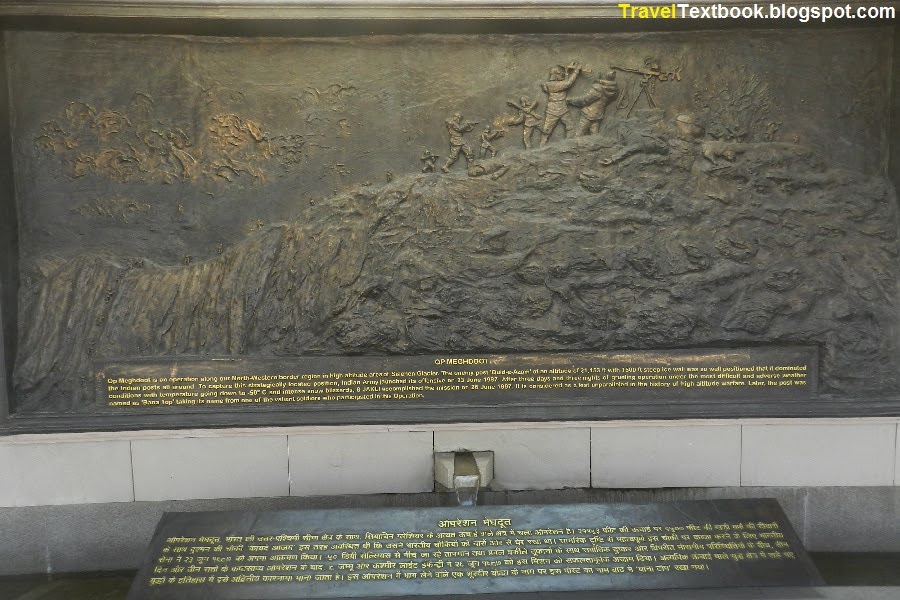
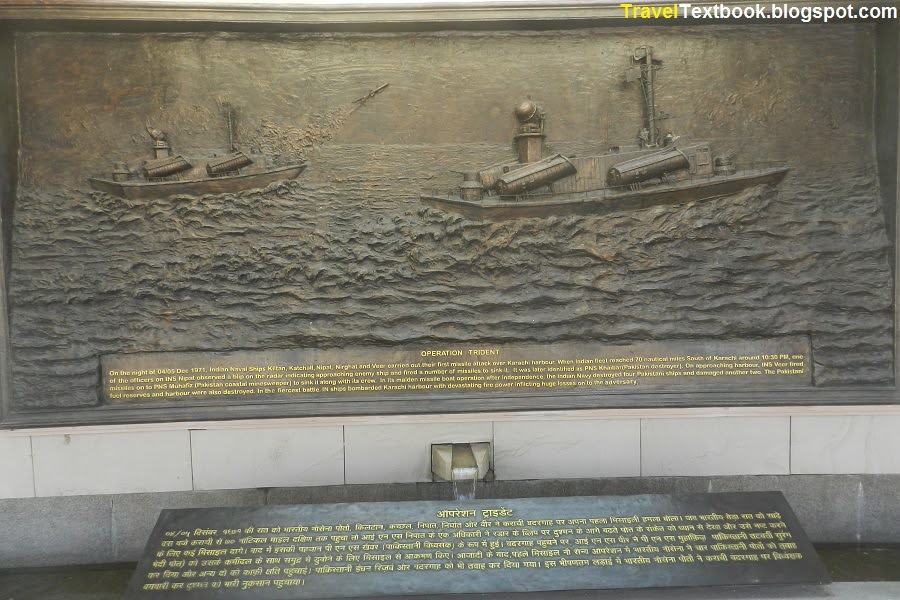
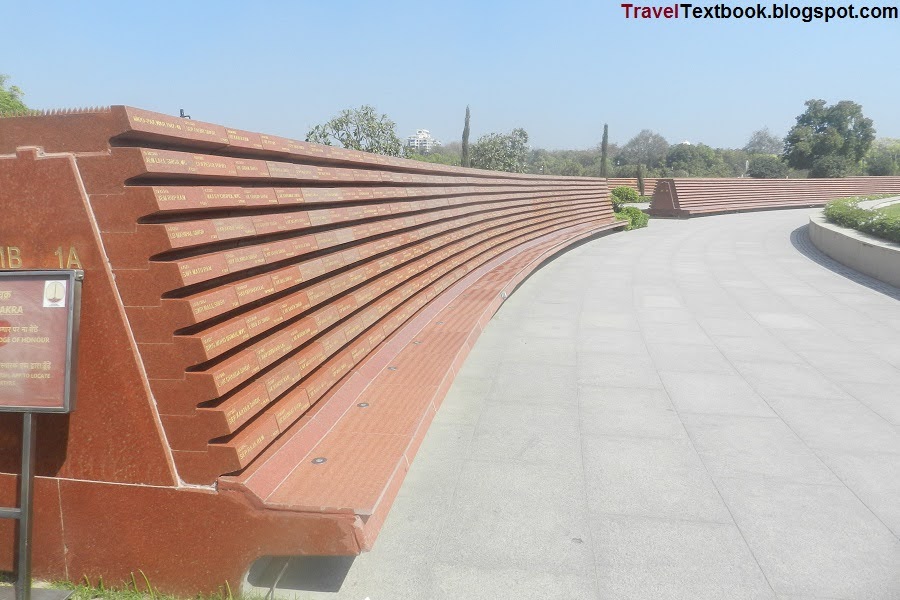
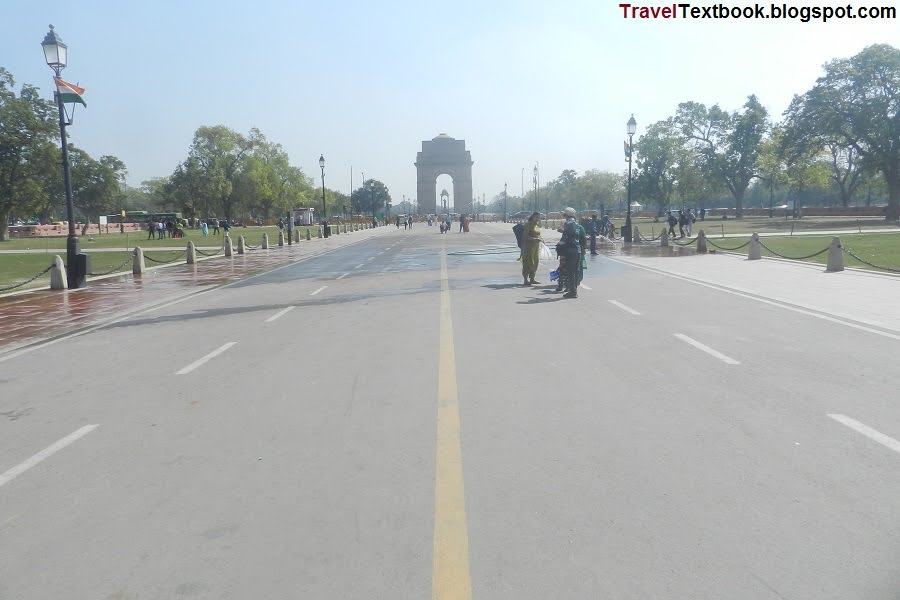



No comments:
Post a Comment